A couple of weeks ago, a dear friend posted on Facebook an image of a photo print she’d purchased from me years ago, along with a caption saying she still considered the image one of the things in her living space that gives her joy. I was flattered beyond words. And I thought of her post this past week as Nancy and I finally got around to putting art on our walls.
We’ve only done the living room and dining room (and our respective offices), but already the house feels more like a home. I am itching to put up more. This week, perhaps.
I am fortunate to have learned photography as a younger man and to have captured a good number of display-worthy photos over the years. And so we have framed images from many of our travels that are, or will be, on our walls — pictures from Australia and New Zealand, from Ireland and the American Southwest, from our former home in Tennessee and from a memorable trip to New Mexico a few years back. I’m currently deciding which photos from more recent journeys I should print and frame next.
I am even more fortunate to be the younger brother of James Coe, a remarkably talented wildlife and landscape painter. Jim’s art is all over our house; in the rooms we’ve decorated so far we’ve hung nine of his paintings and prints. I expect there will be more before long. [By the way, you can read more about Jim and see images of his art at his website.]
 What else have I got? Several years back, while attending a World Fantasy Convention, I bought signed prints of Martin Springett’s marvelous cover art for Guy Gavriel Kay’s Fionavar Tapestry. Springett himself was selling the art and he was a charming and effective salesman! Some twenty years ago, while living in our little town in Tennessee, we became friends with Stephen Alvarez and his family. Stephen is an amazing freelance nature photographer, whose work has appeared in National Geographic, Time, the New York Times, and other high profile publications. He and his wife, April, also happen to be fantasy readers, so we arranged a trade: a complete signed, hardcover set of the Winds of the Forelands books in exchange for a print of a gorgeous night sky photo taken in Arizona. I think I got the better deal.
What else have I got? Several years back, while attending a World Fantasy Convention, I bought signed prints of Martin Springett’s marvelous cover art for Guy Gavriel Kay’s Fionavar Tapestry. Springett himself was selling the art and he was a charming and effective salesman! Some twenty years ago, while living in our little town in Tennessee, we became friends with Stephen Alvarez and his family. Stephen is an amazing freelance nature photographer, whose work has appeared in National Geographic, Time, the New York Times, and other high profile publications. He and his wife, April, also happen to be fantasy readers, so we arranged a trade: a complete signed, hardcover set of the Winds of the Forelands books in exchange for a print of a gorgeous night sky photo taken in Arizona. I think I got the better deal.
 We have a few nice pieces of art that once belonged to my parents. We have photos we purchased just outside of Zion National Park — photos of the park taken by photographer David J. West, with whom we chatted for a time one memorable morning. I have in my office a tiny framed pressed bronze image of a Celtic owl, which I love. And I have yet another signed photo print, this one by renowned nature photographer Larry Ulrich. It was a gift from my siblings for my 50th birthday. And we have a signed print from a Native American artist in the Pacific Northwest that we bought while on our honeymoon in Victoria, British Columbia. This print has hung over the mantel in every home Nancy and I have shared. It was the first piece we put up in the new house.
We have a few nice pieces of art that once belonged to my parents. We have photos we purchased just outside of Zion National Park — photos of the park taken by photographer David J. West, with whom we chatted for a time one memorable morning. I have in my office a tiny framed pressed bronze image of a Celtic owl, which I love. And I have yet another signed photo print, this one by renowned nature photographer Larry Ulrich. It was a gift from my siblings for my 50th birthday. And we have a signed print from a Native American artist in the Pacific Northwest that we bought while on our honeymoon in Victoria, British Columbia. This print has hung over the mantel in every home Nancy and I have shared. It was the first piece we put up in the new house.
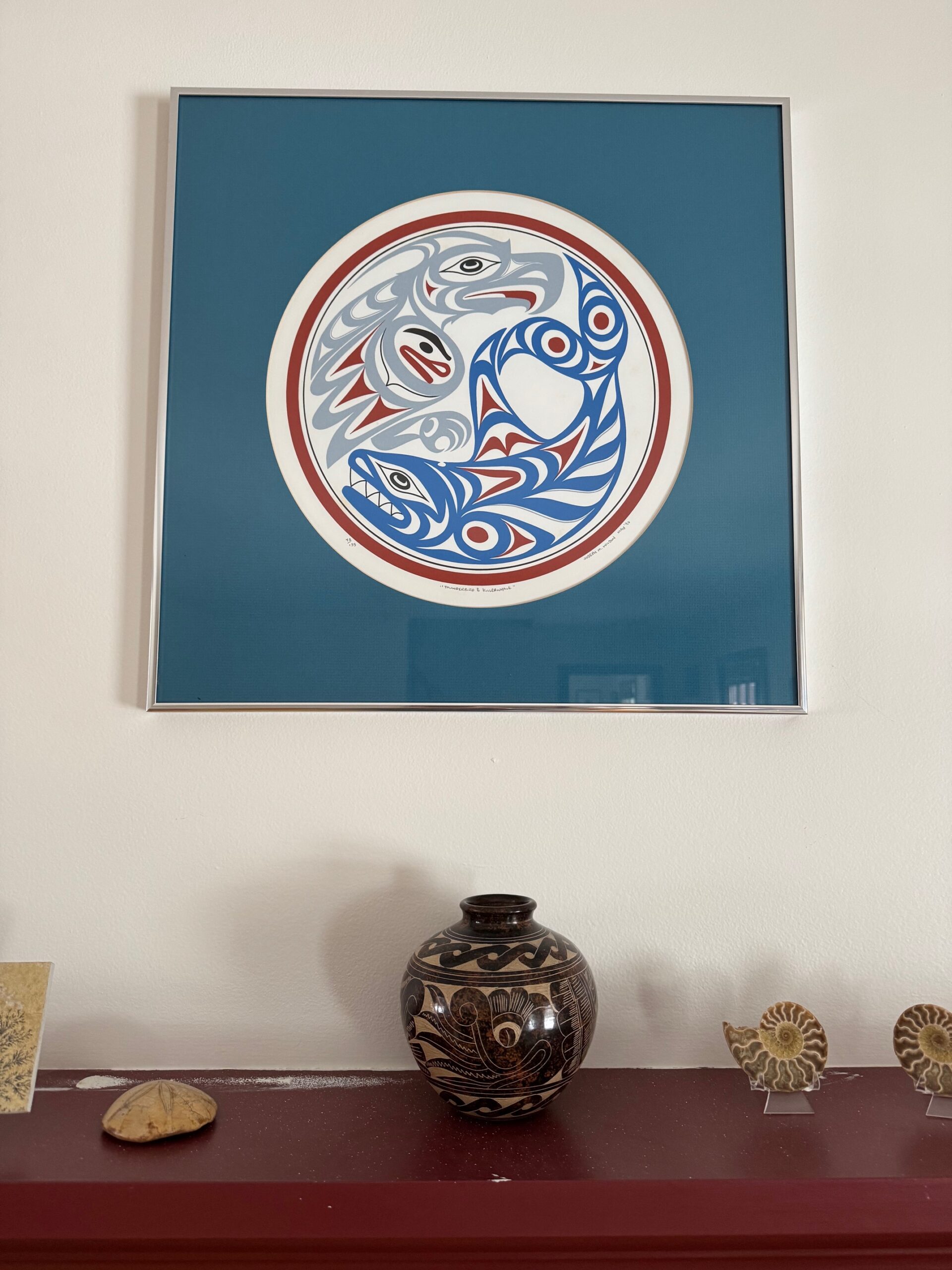 Of course, we have tons of smaller photos all around the house, of our darling daughters, of our parents and siblings, of friends, of our wedding.
Of course, we have tons of smaller photos all around the house, of our darling daughters, of our parents and siblings, of friends, of our wedding.
And I suppose the point of all of this is that every one of these pieces of art, every single thing that I have taken care to center on a wall and hang at the right height and fiddle with until it hangs straight (only to have Nancy come into the room and adjust it so that it really hangs straight) brings me joy. They remind me of places we’ve seen that stole our breath and seared themselves into our memories. They remind me of experiences we cherish and people we love.
Each time we put up something new, it invariably puts a smile on my face.
Take a look around your home, and let the memories stirred by the things you’ve put on your walls bring a smile. And if you care to, share a favorite or two on the Facebook feed for this post.
Have a great week.









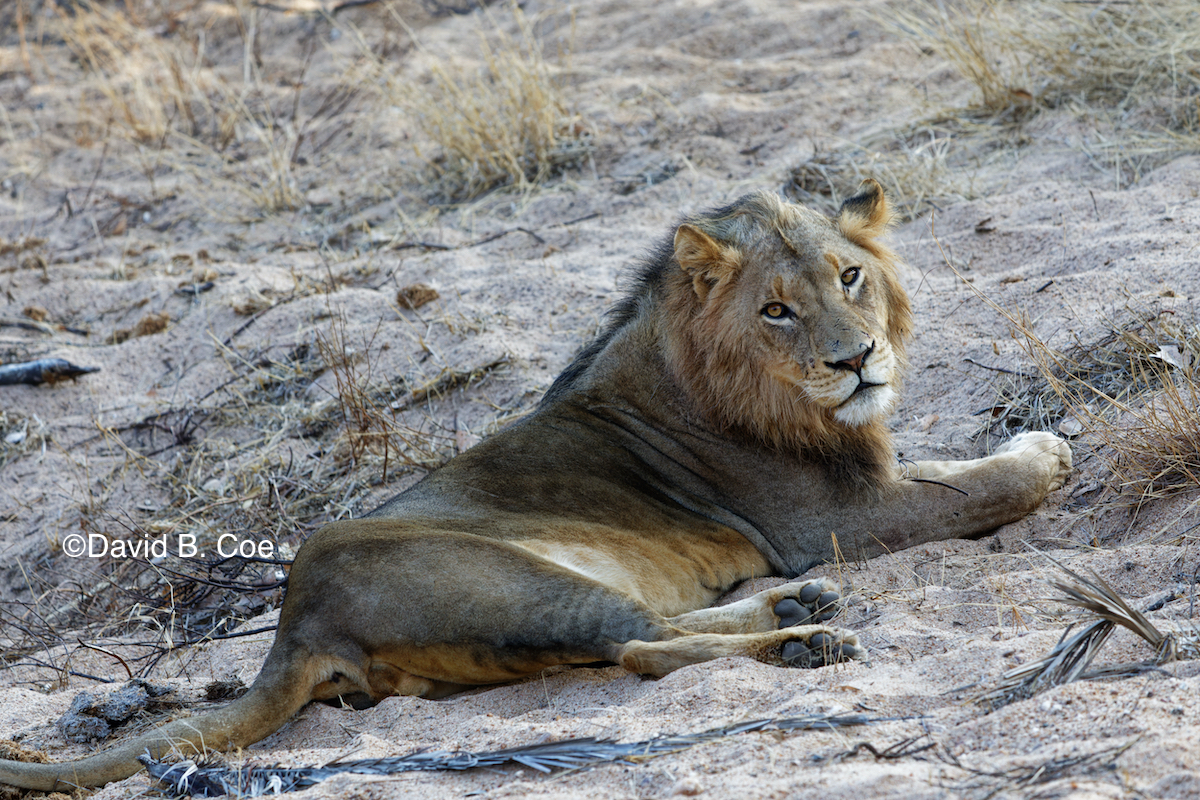
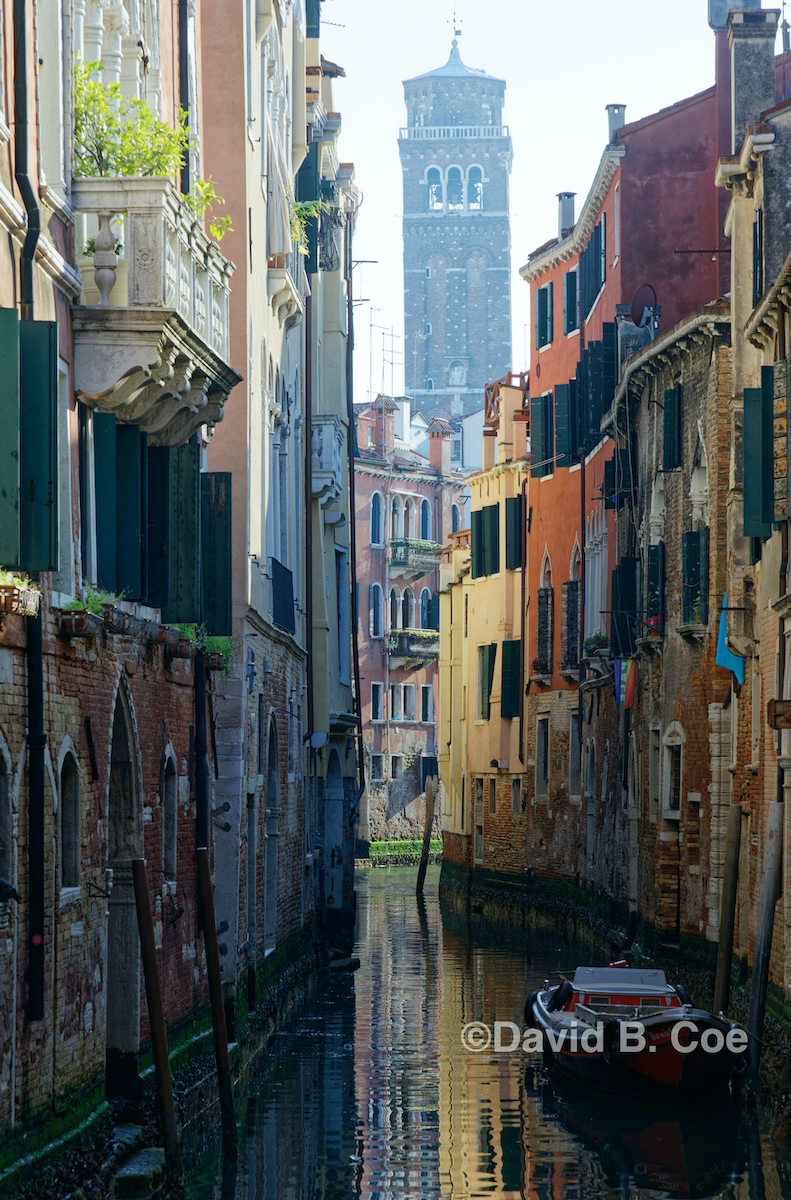
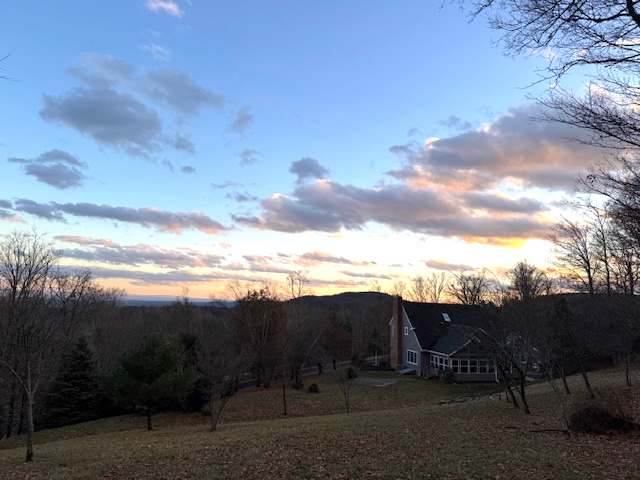
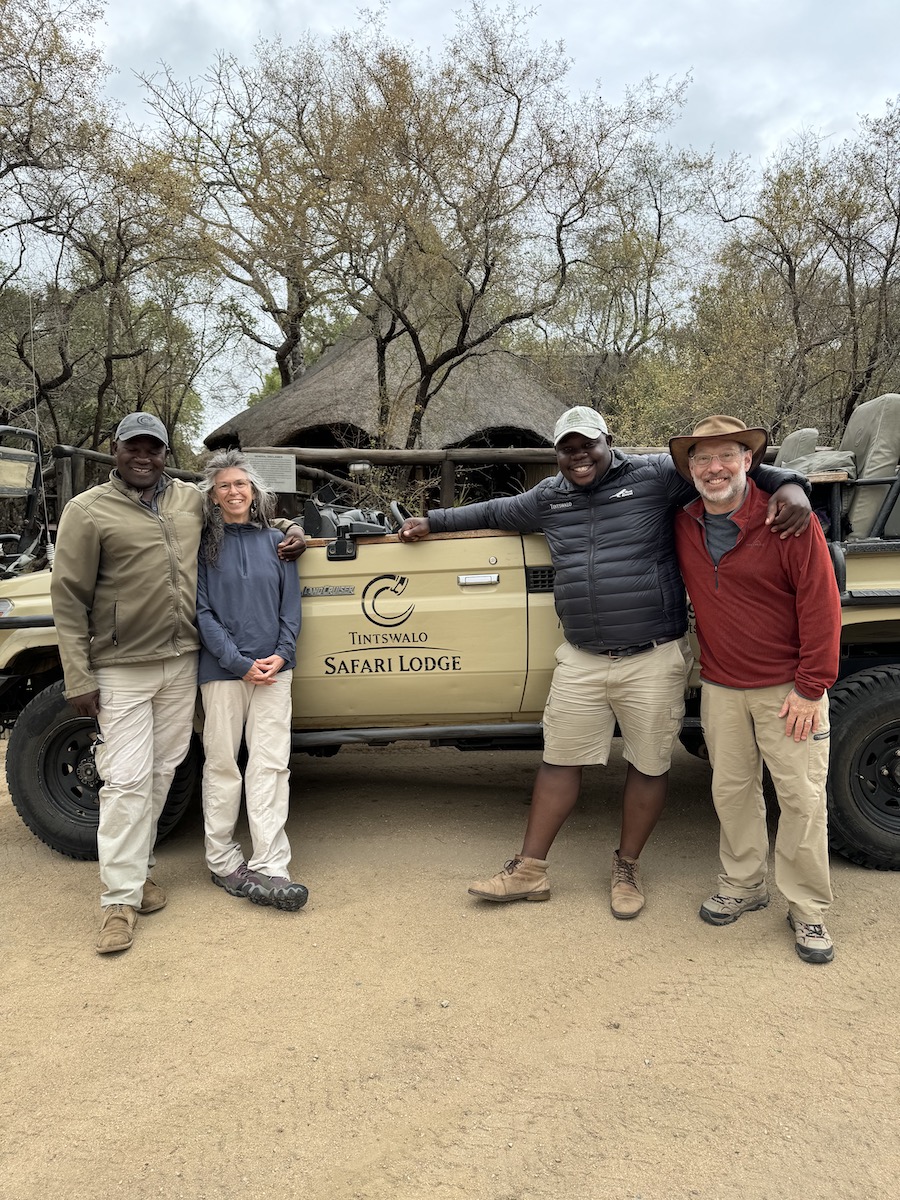
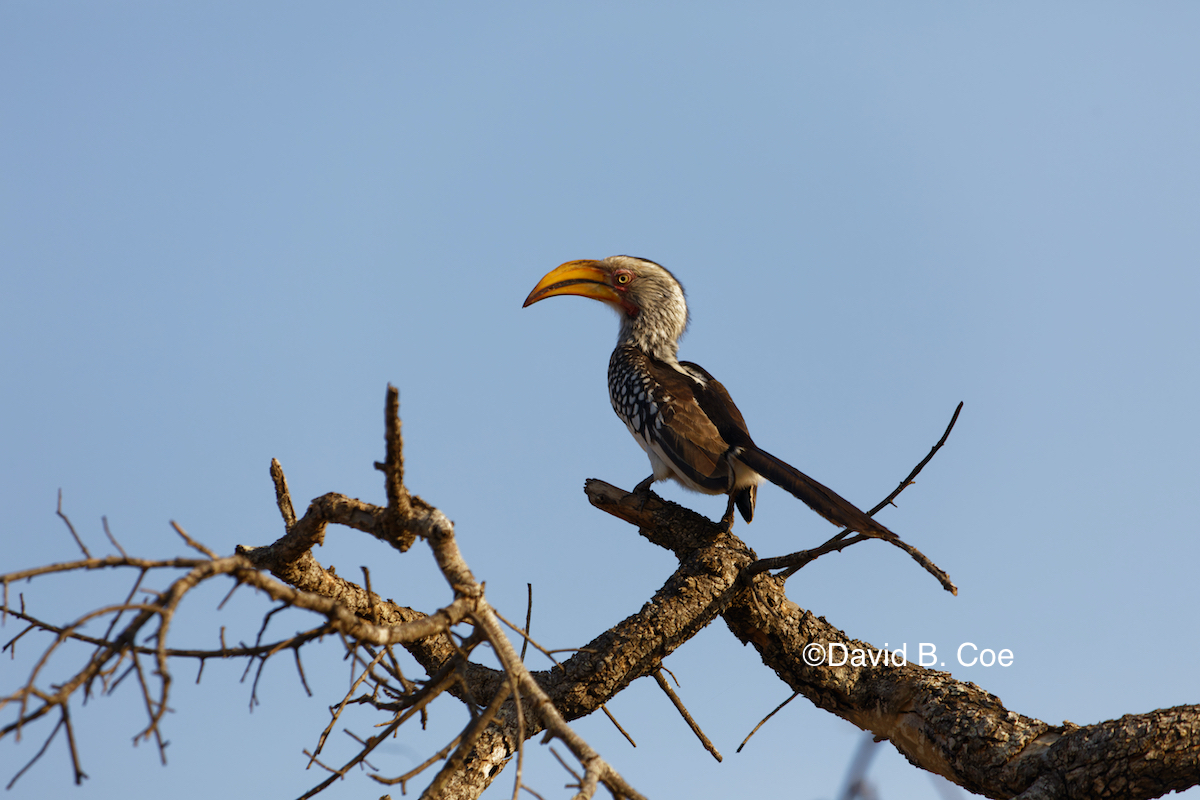
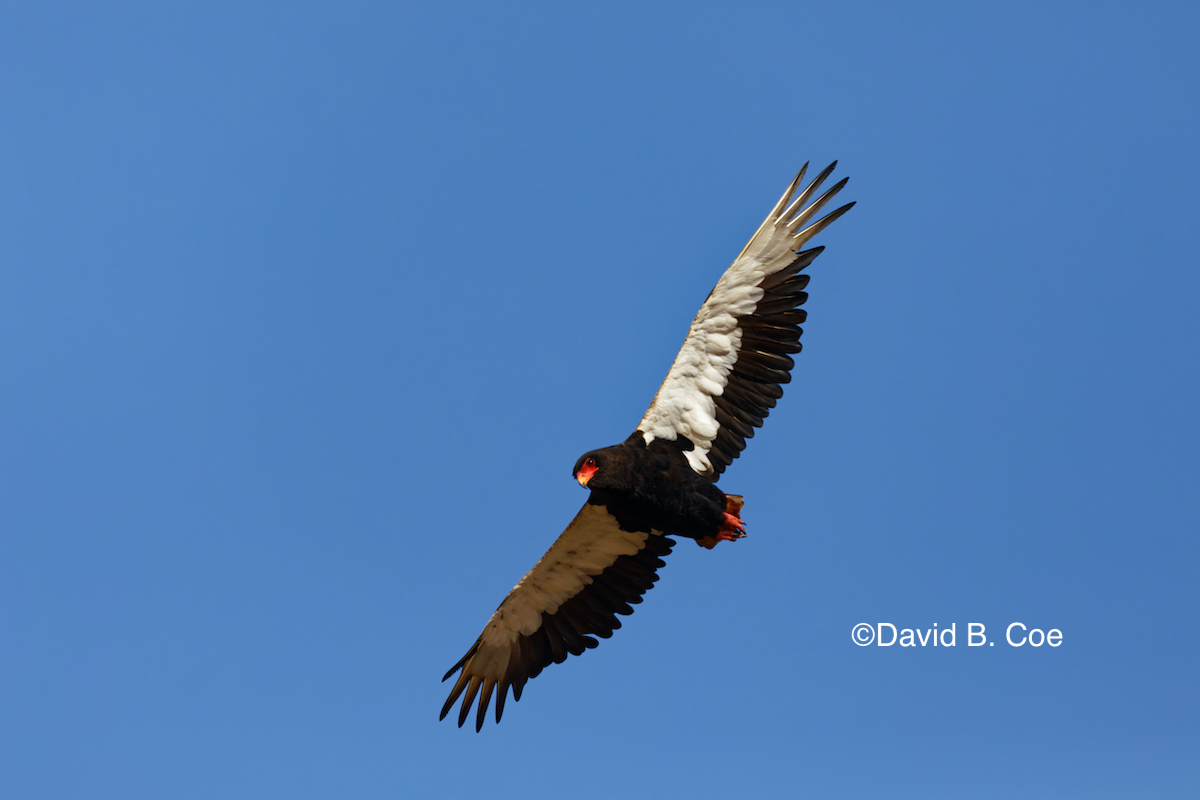
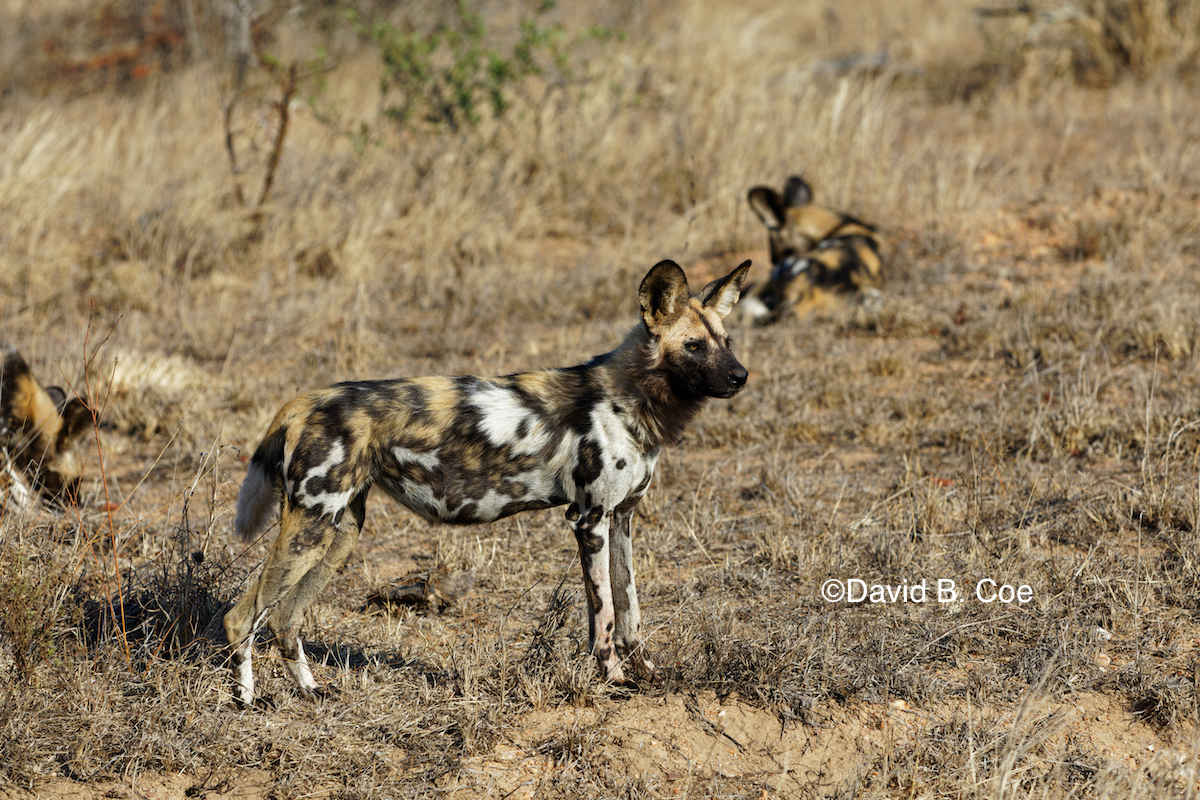
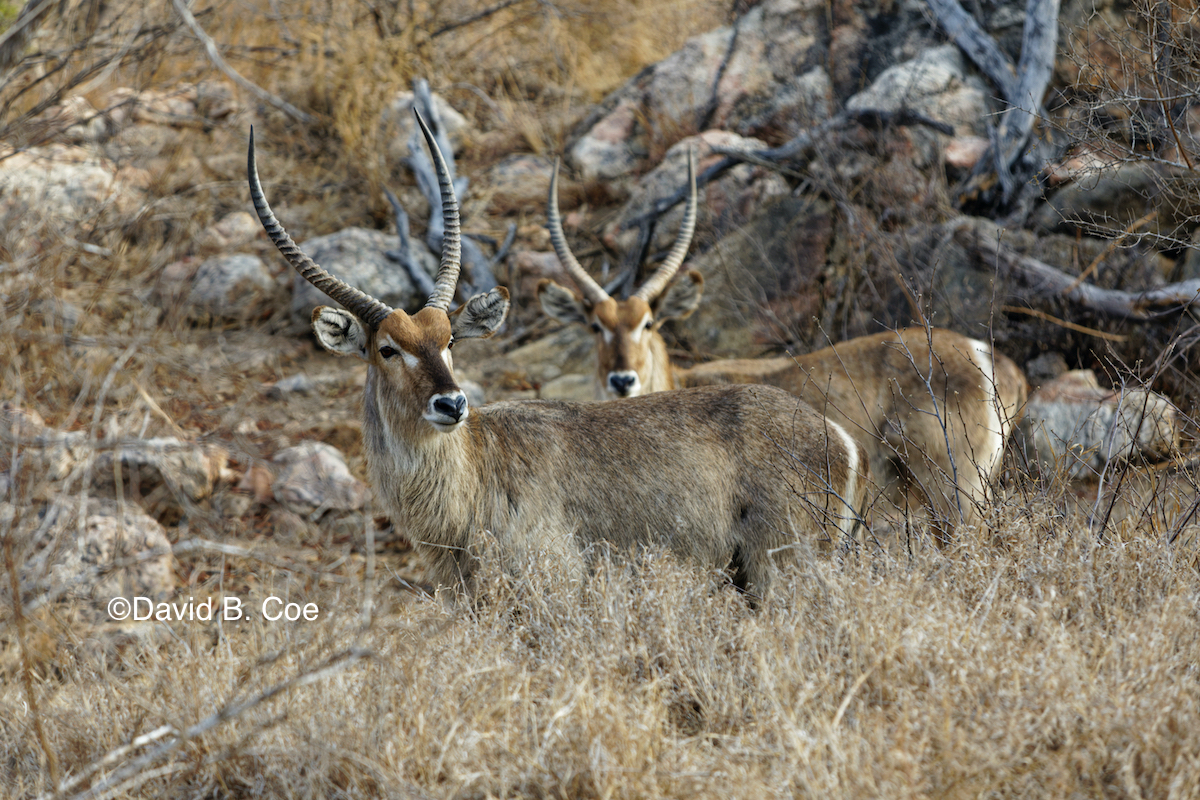
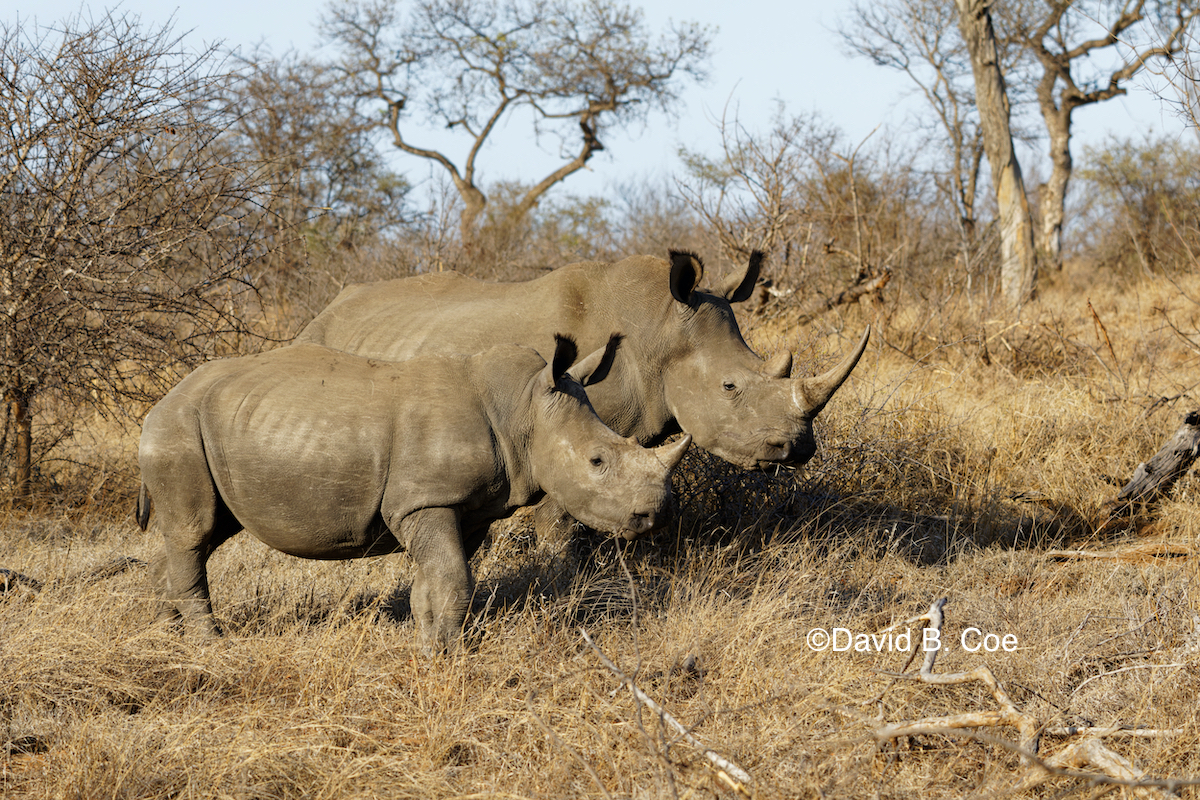
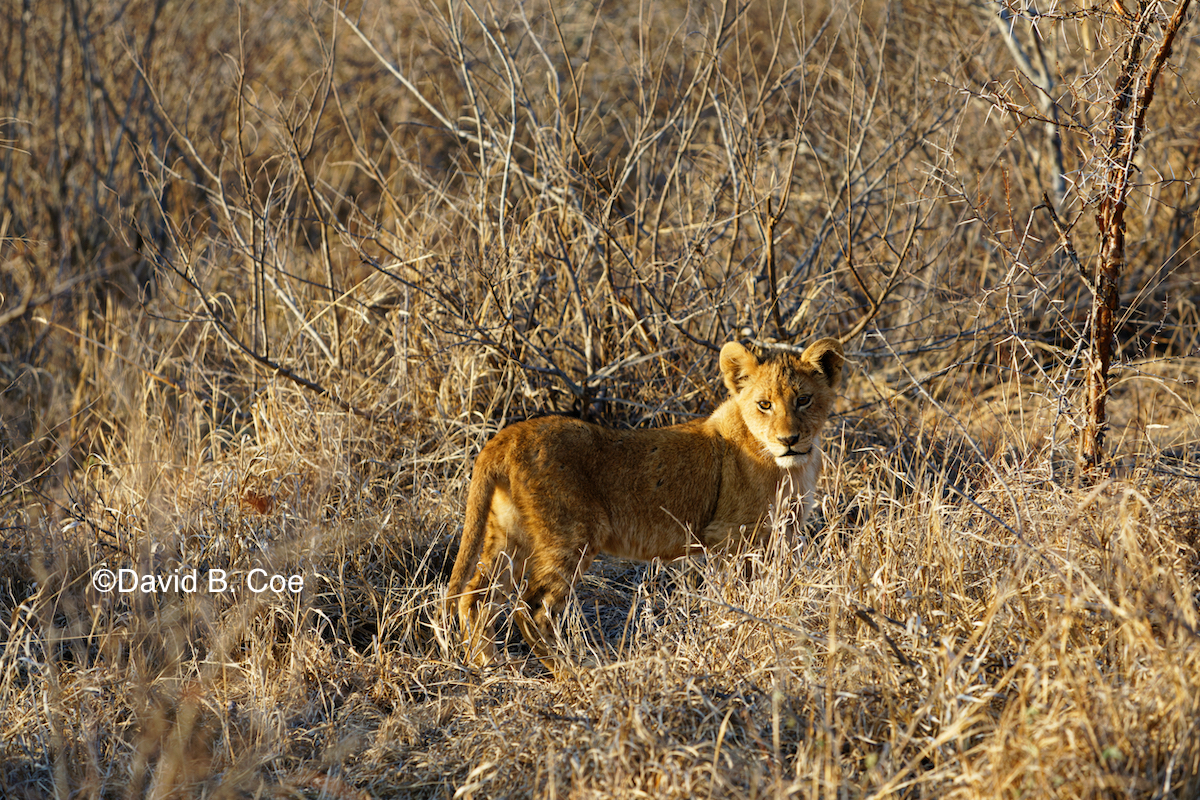
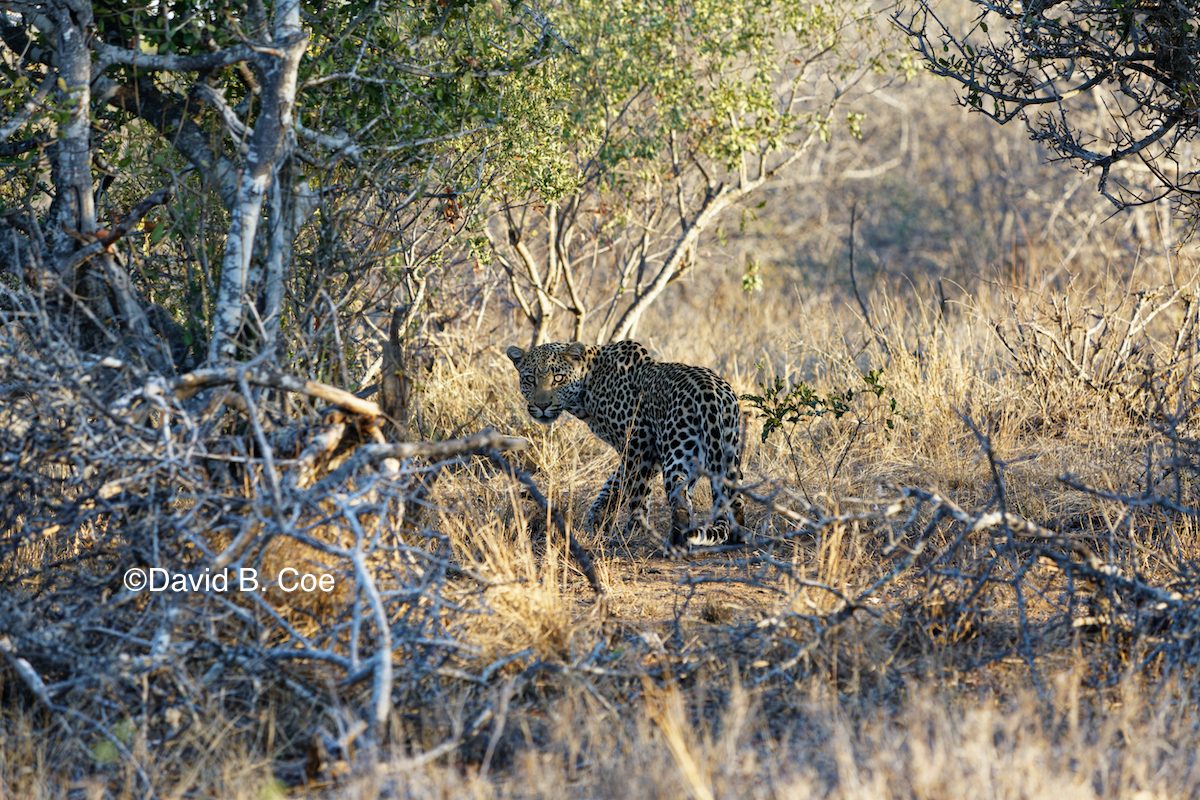
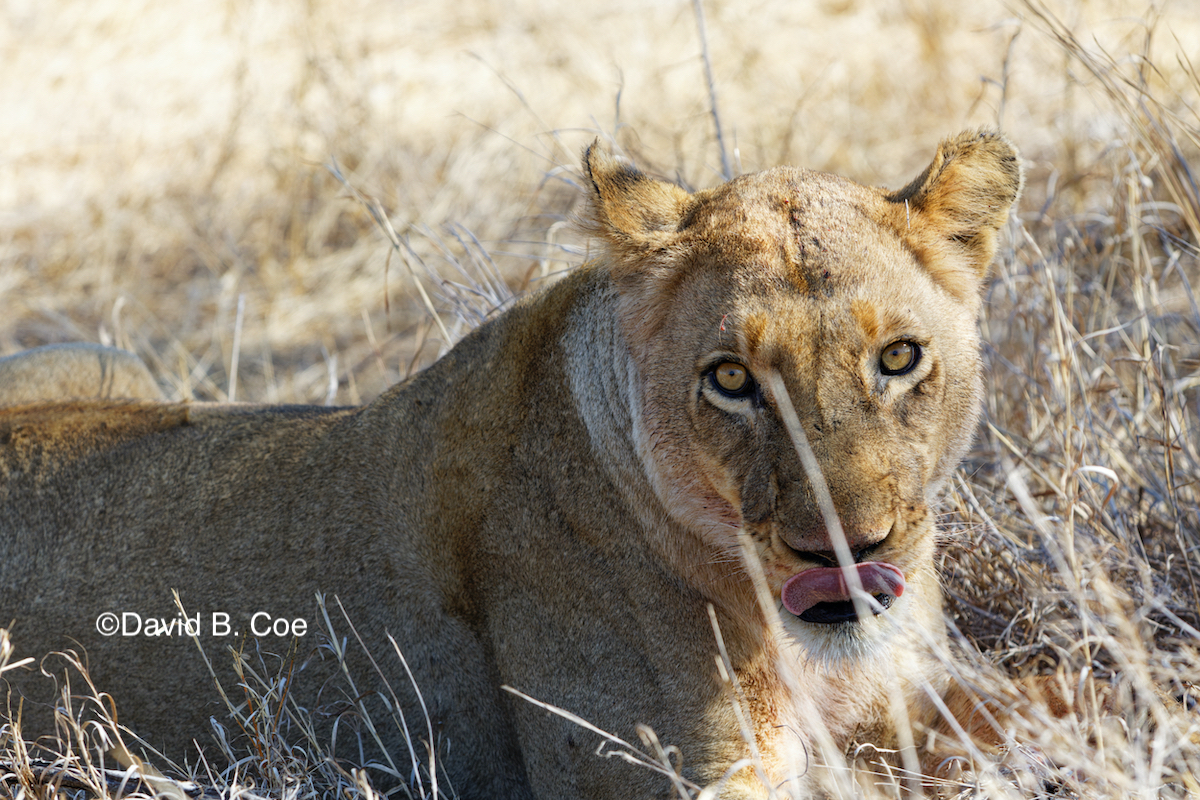
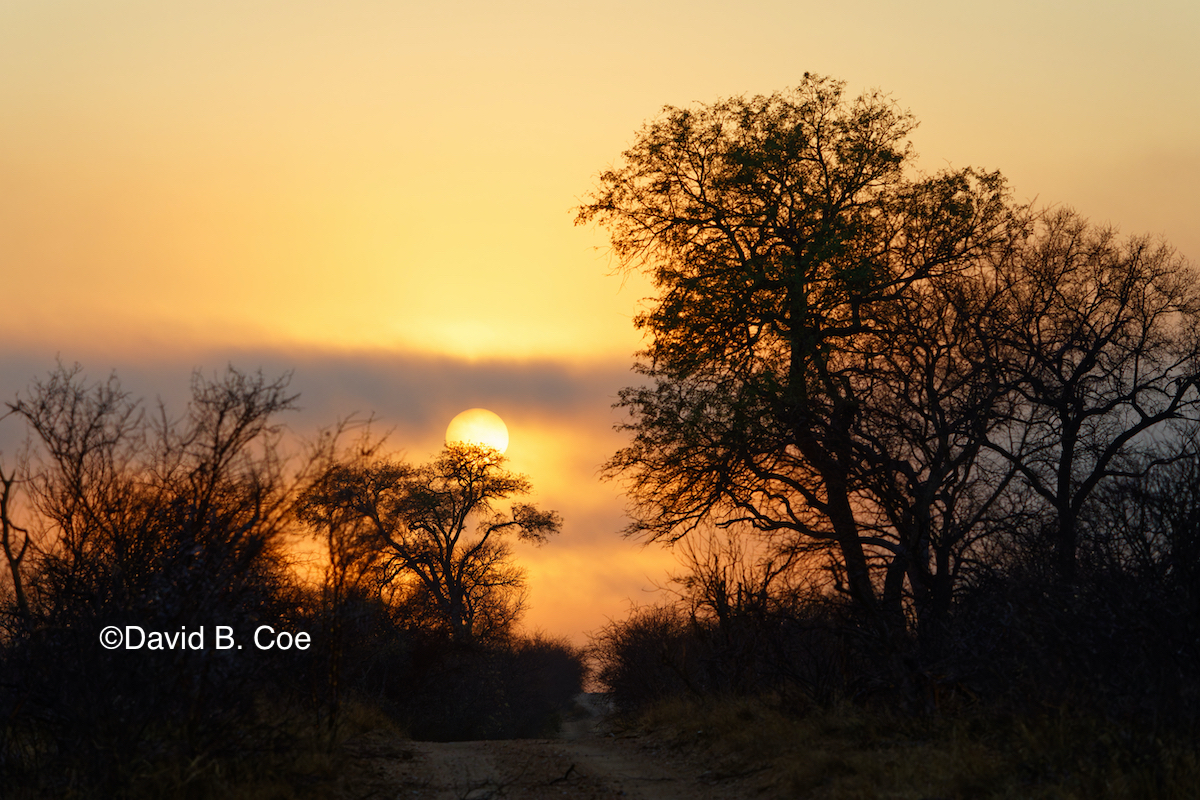
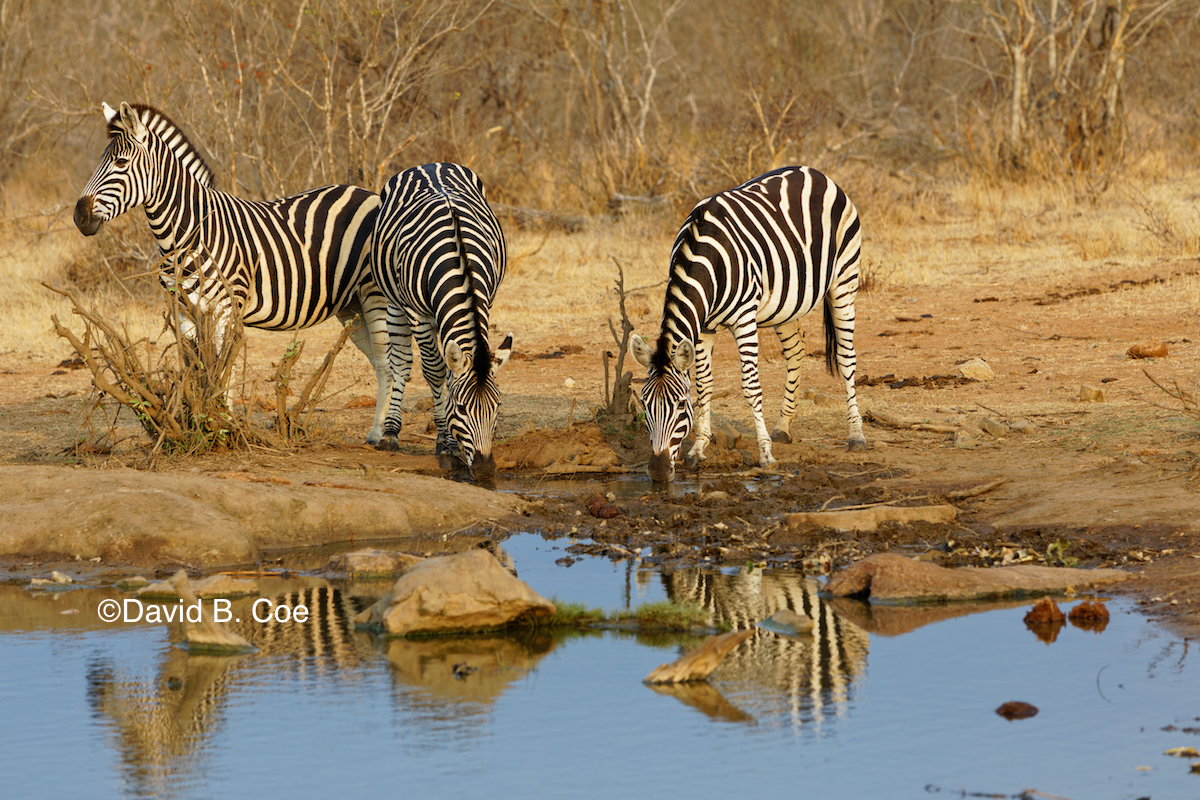
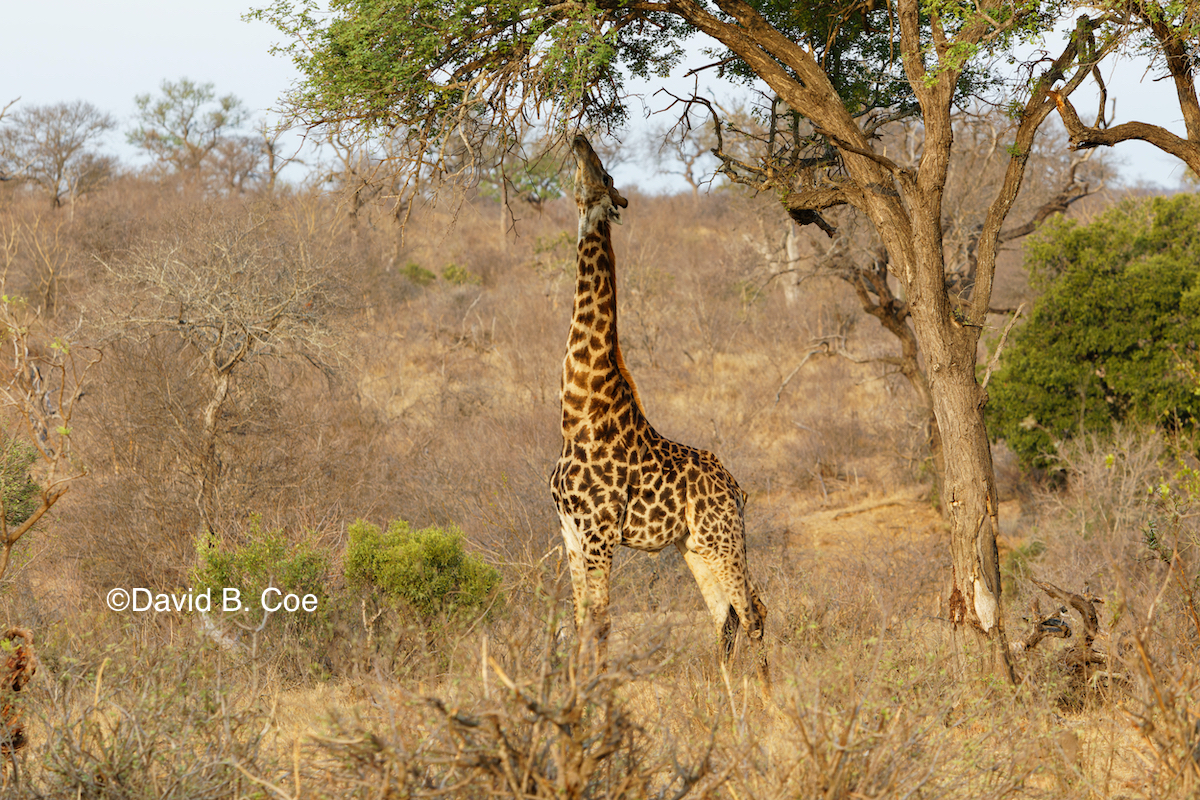
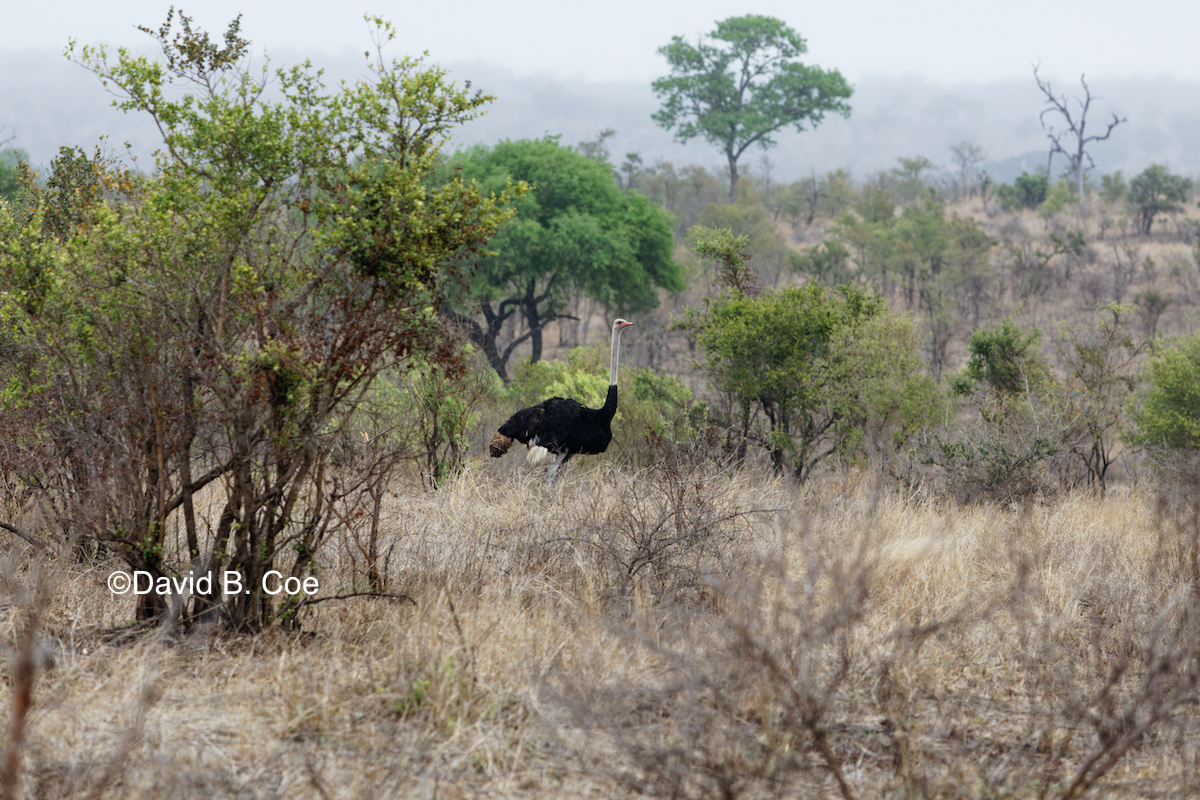
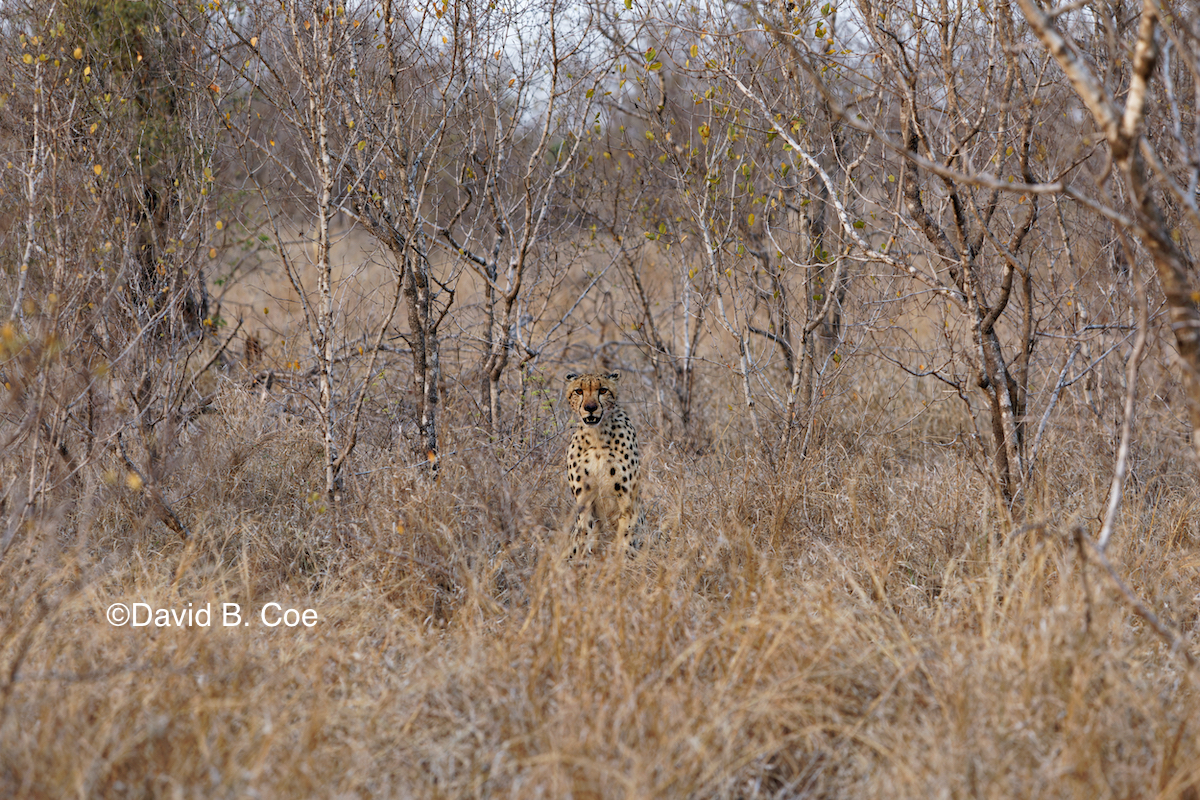
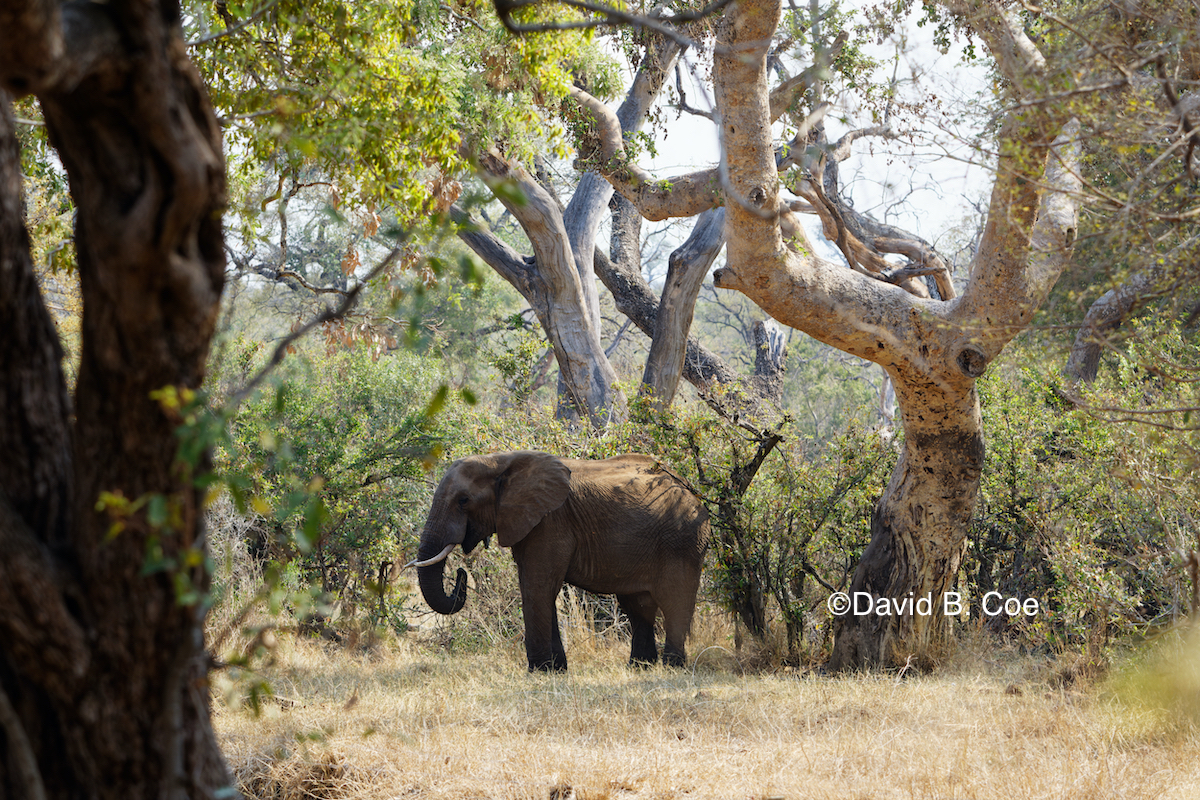
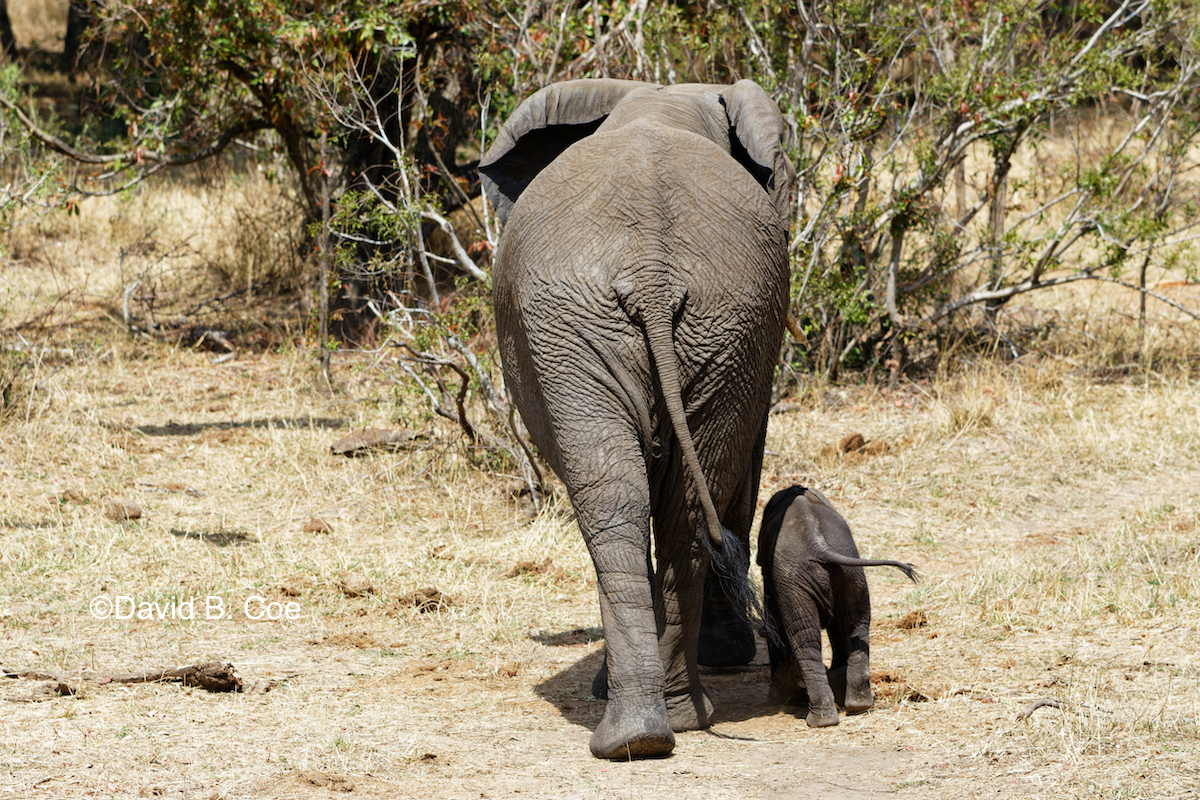
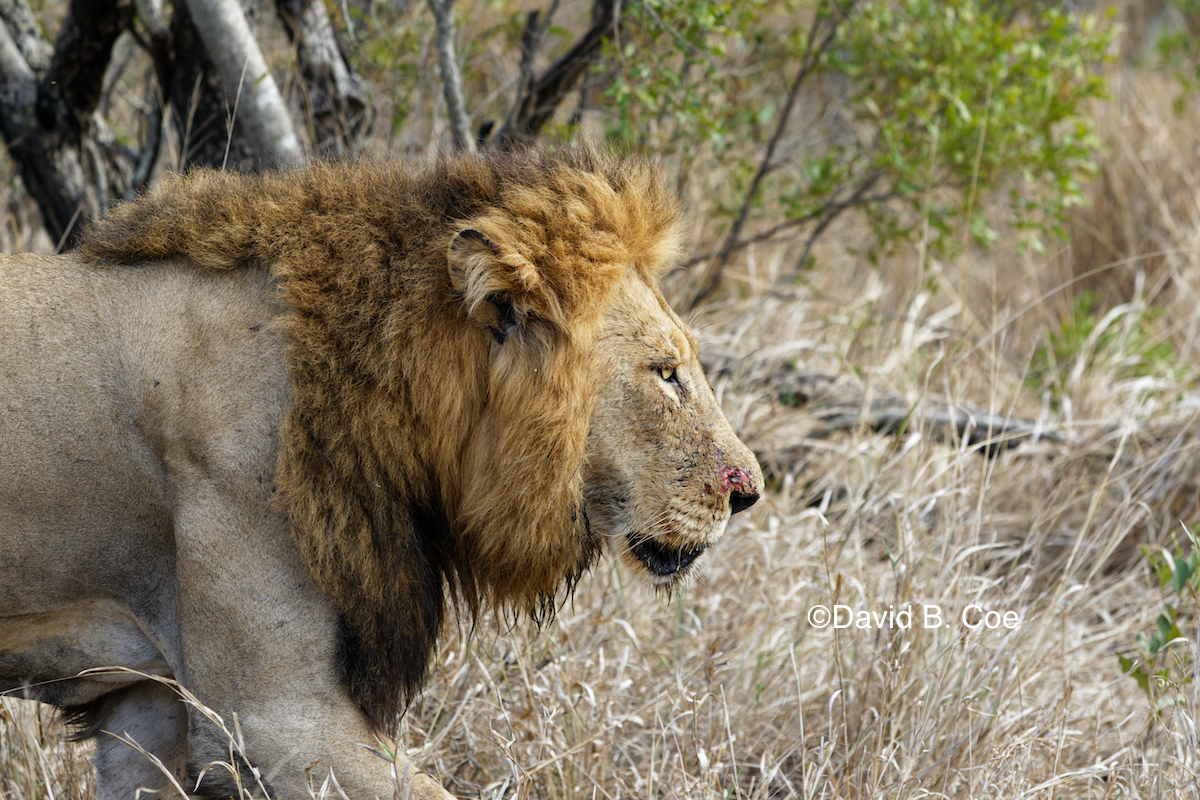
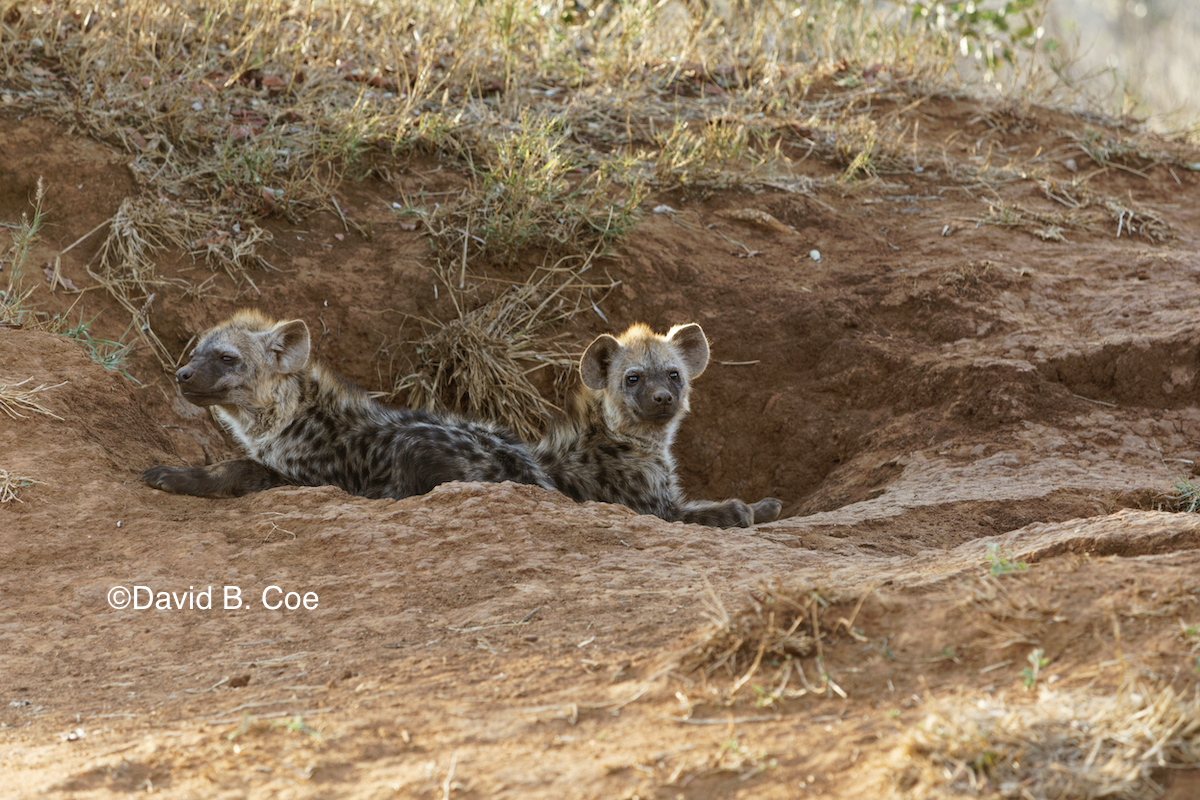
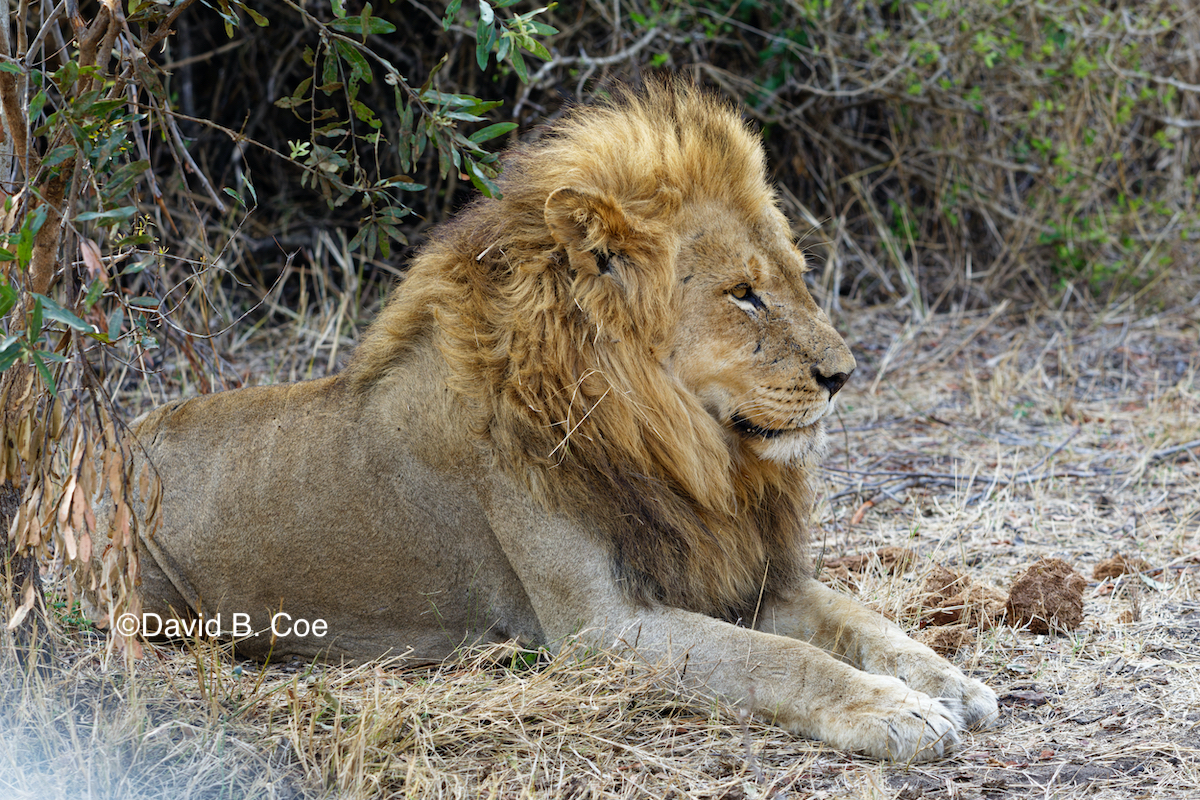

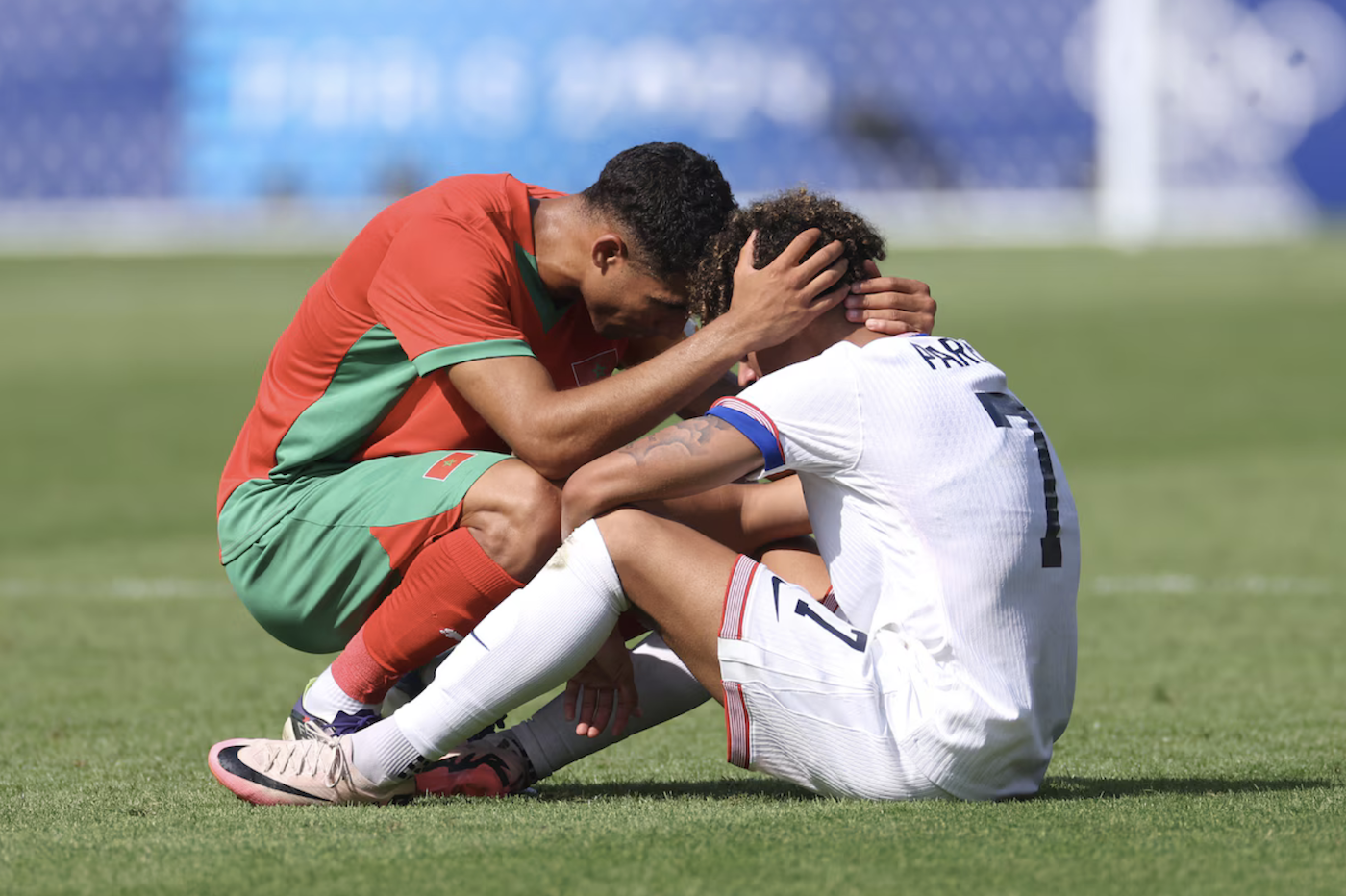
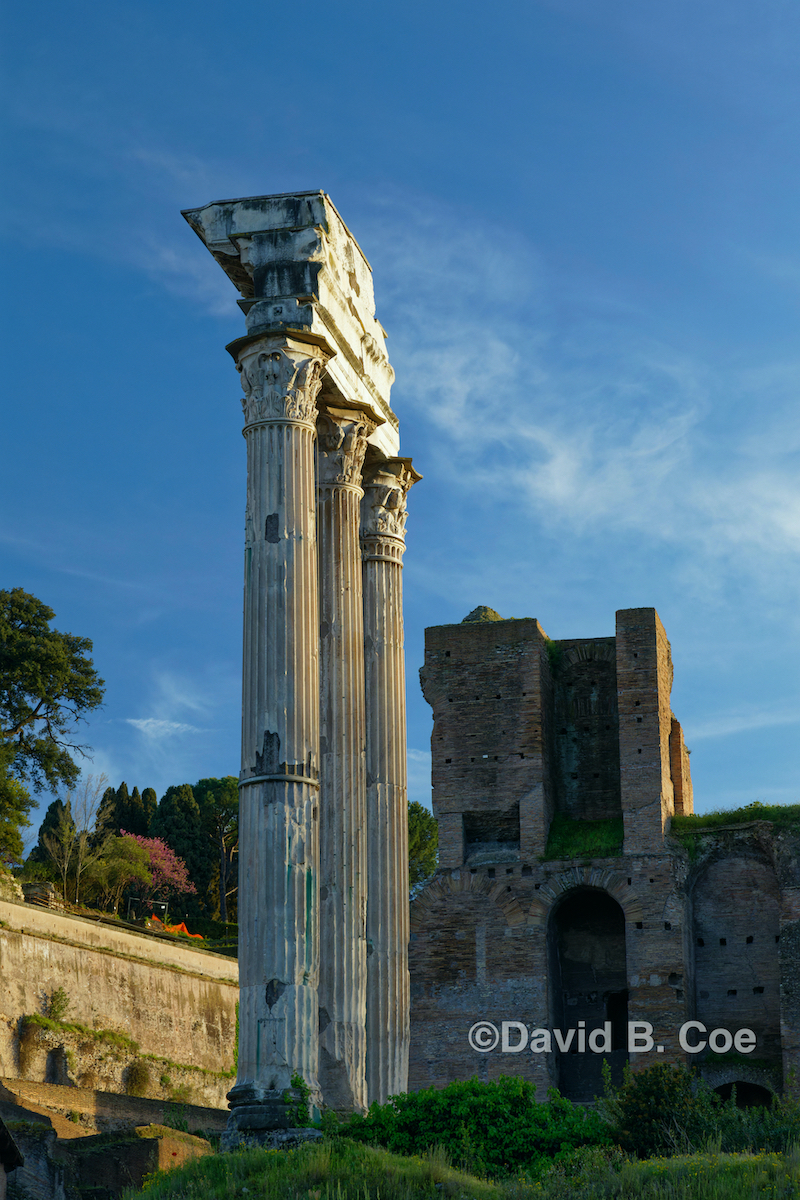
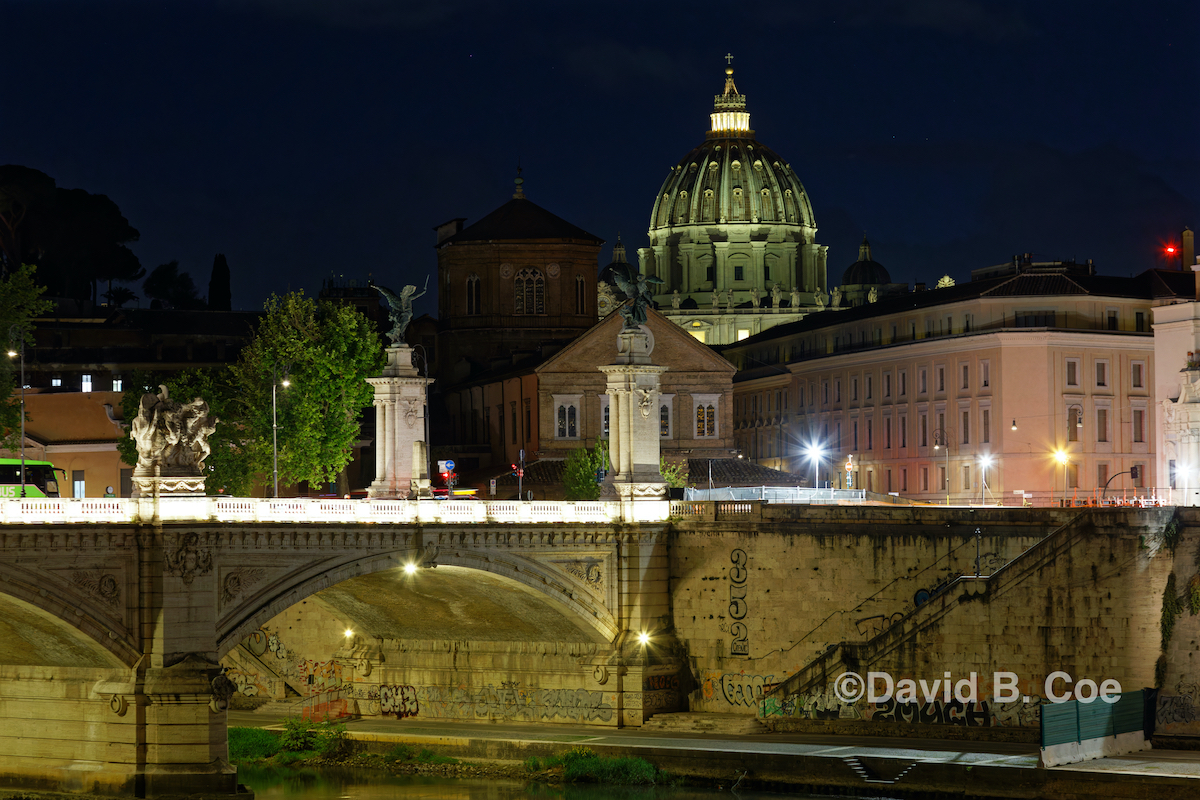
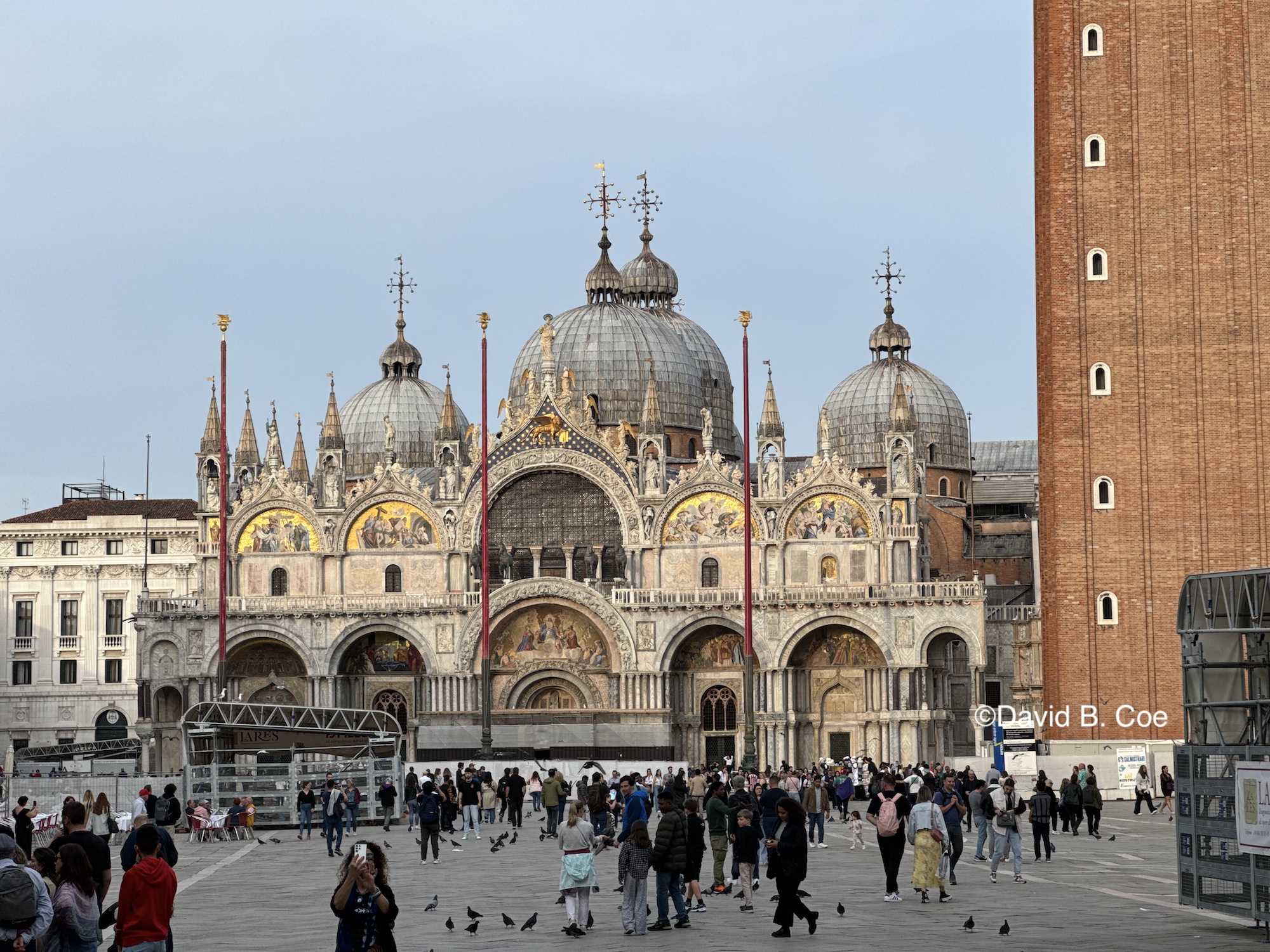
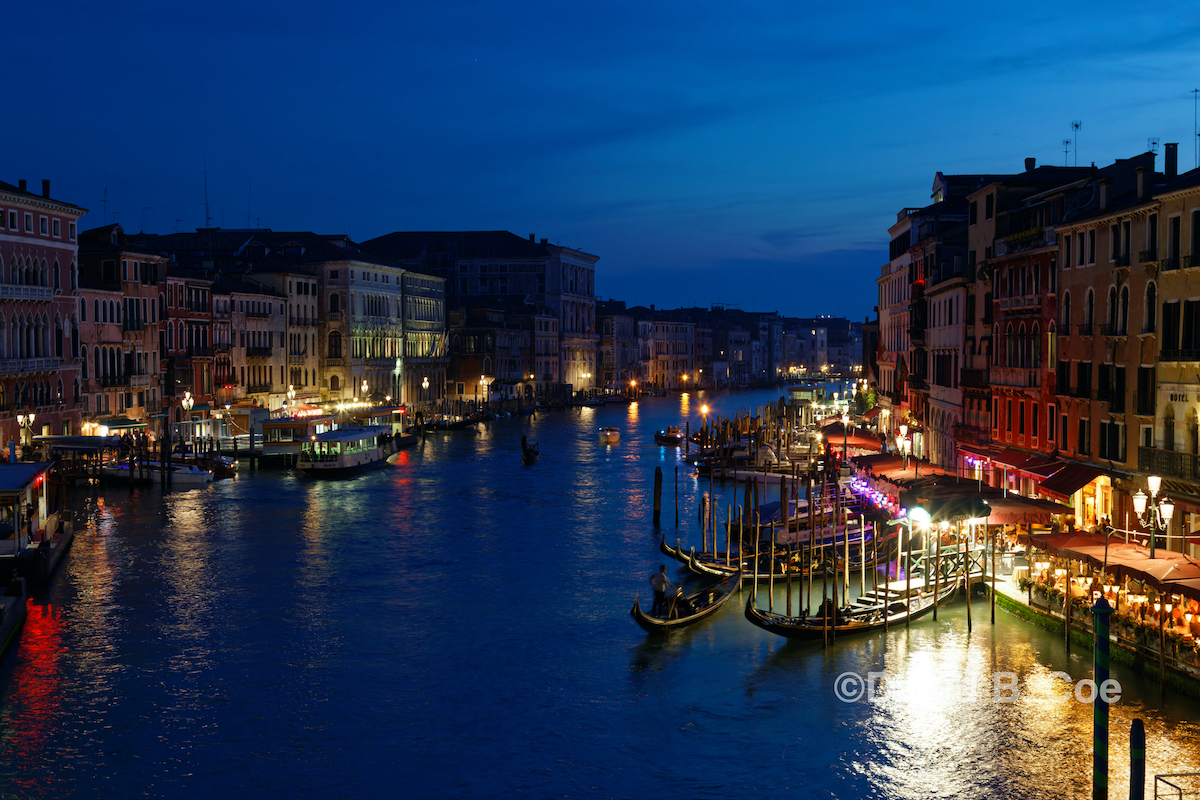
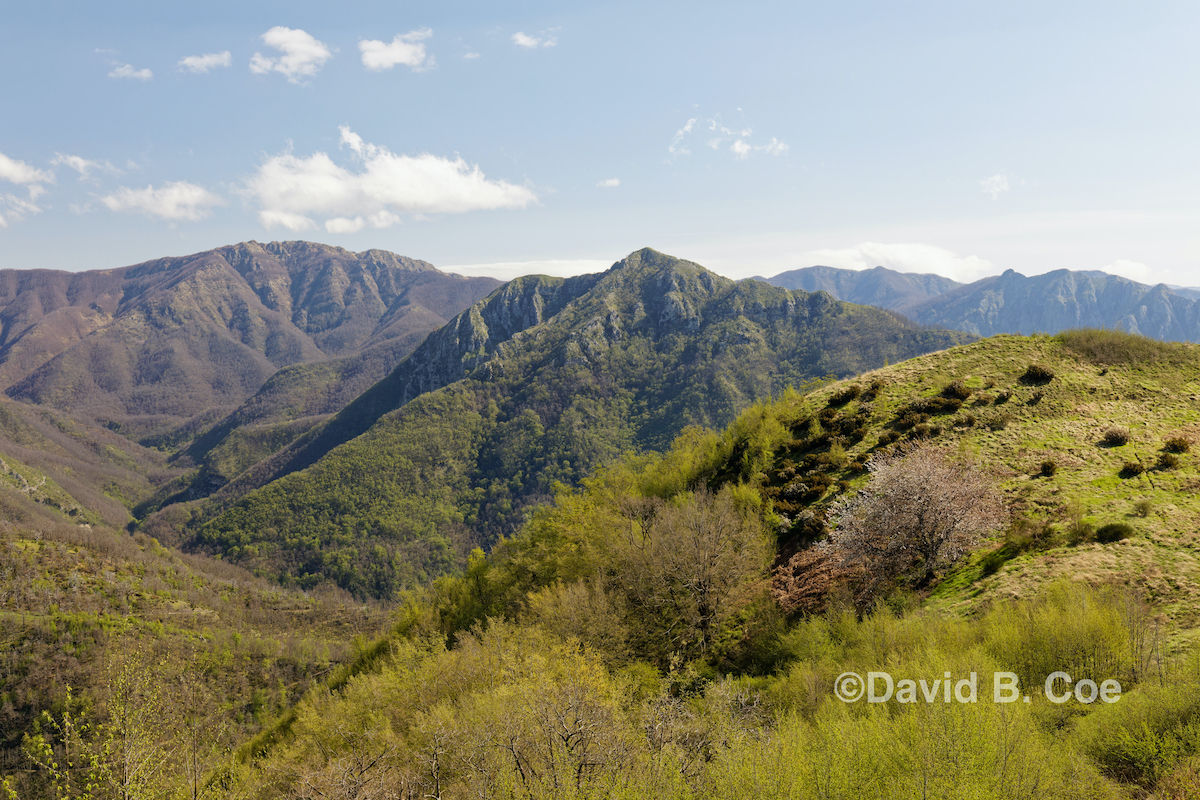
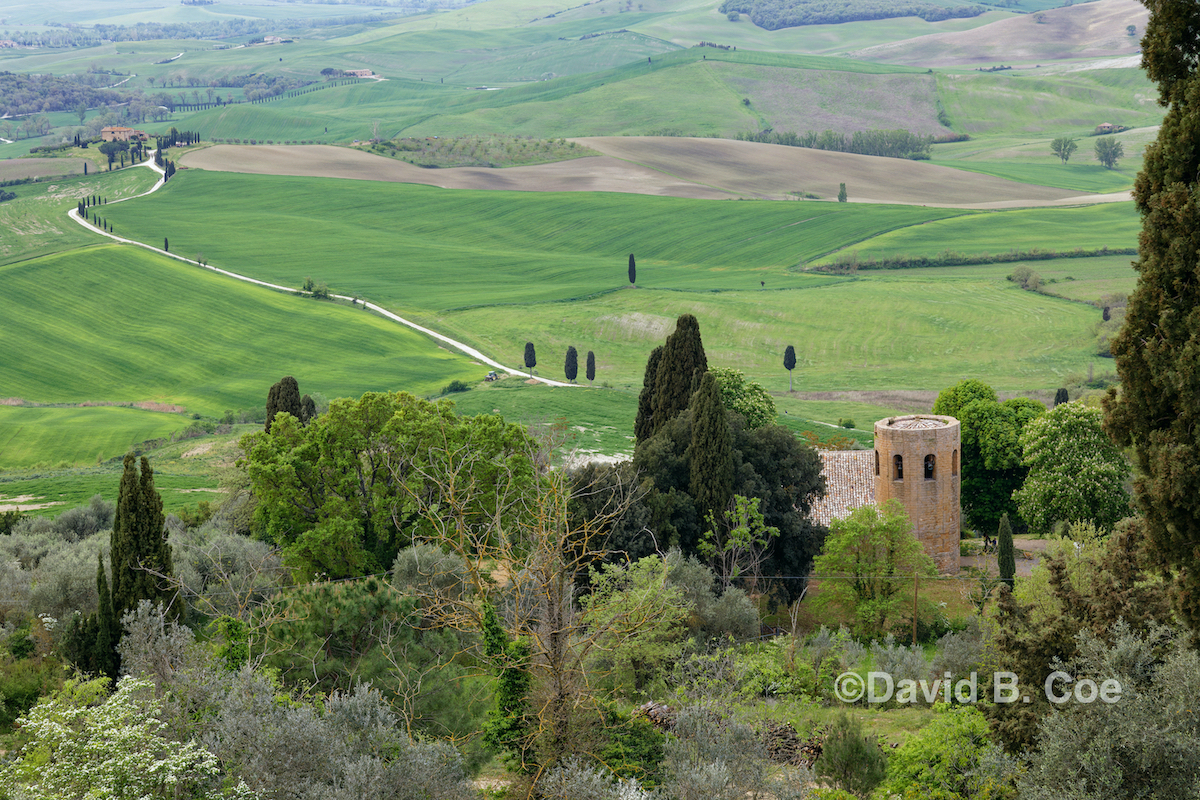
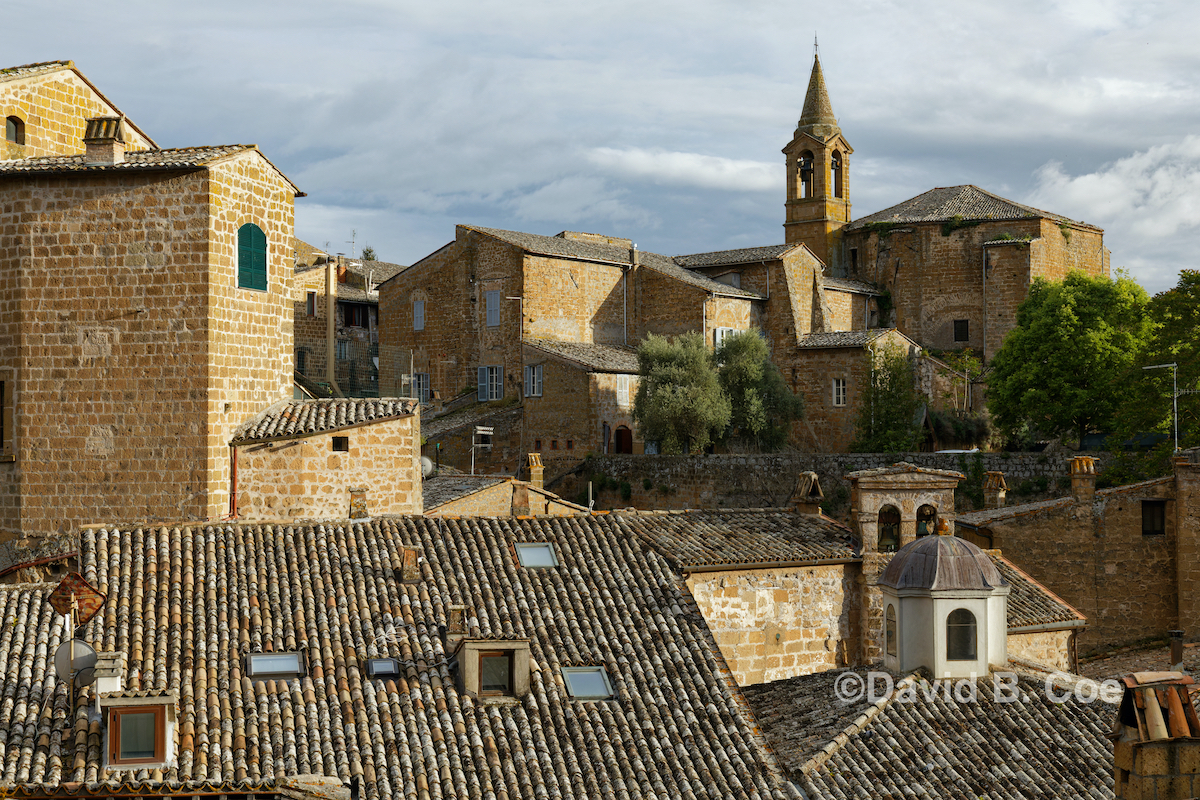
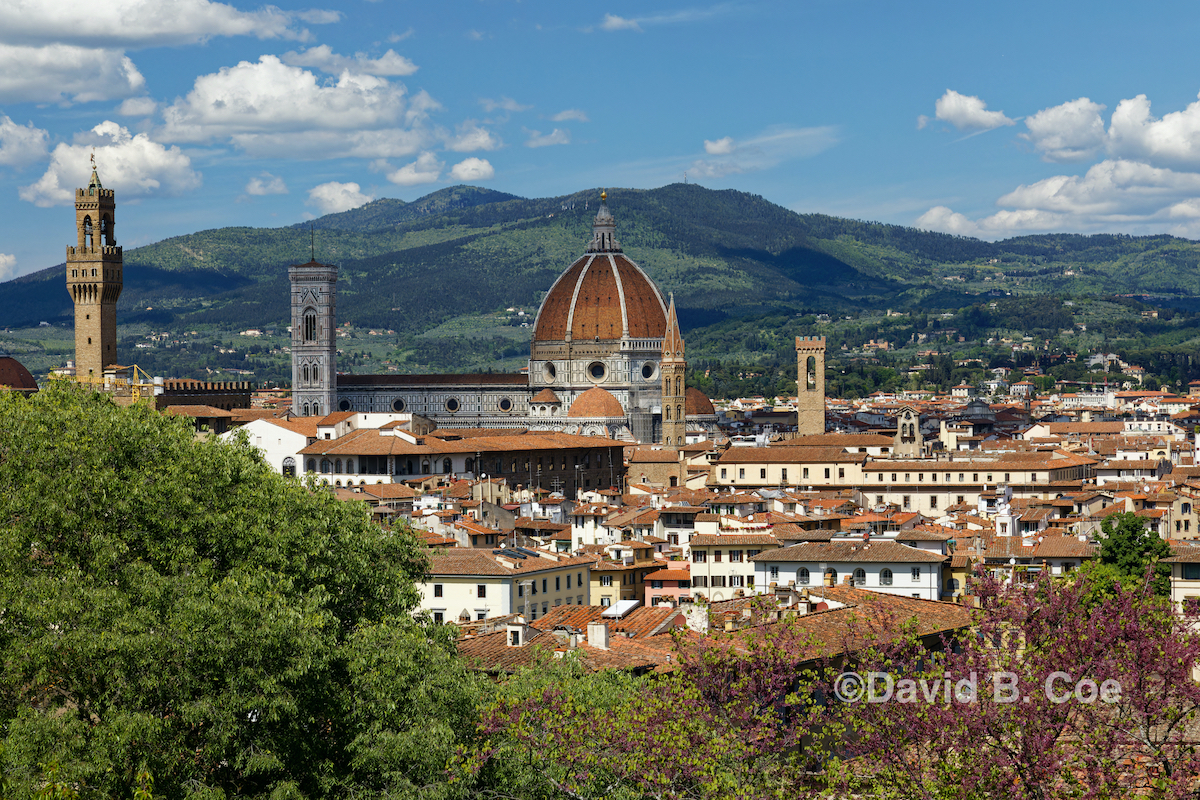
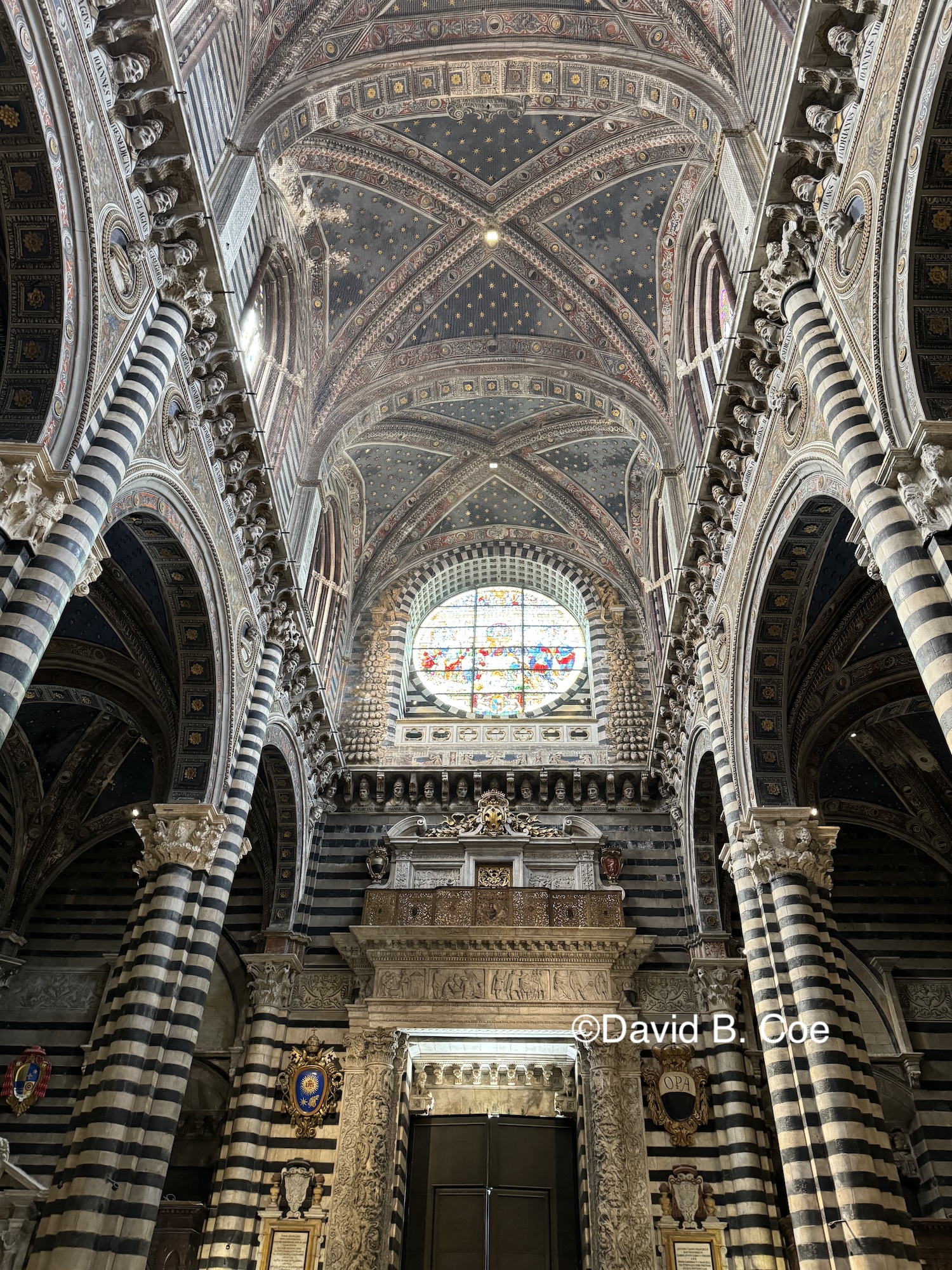
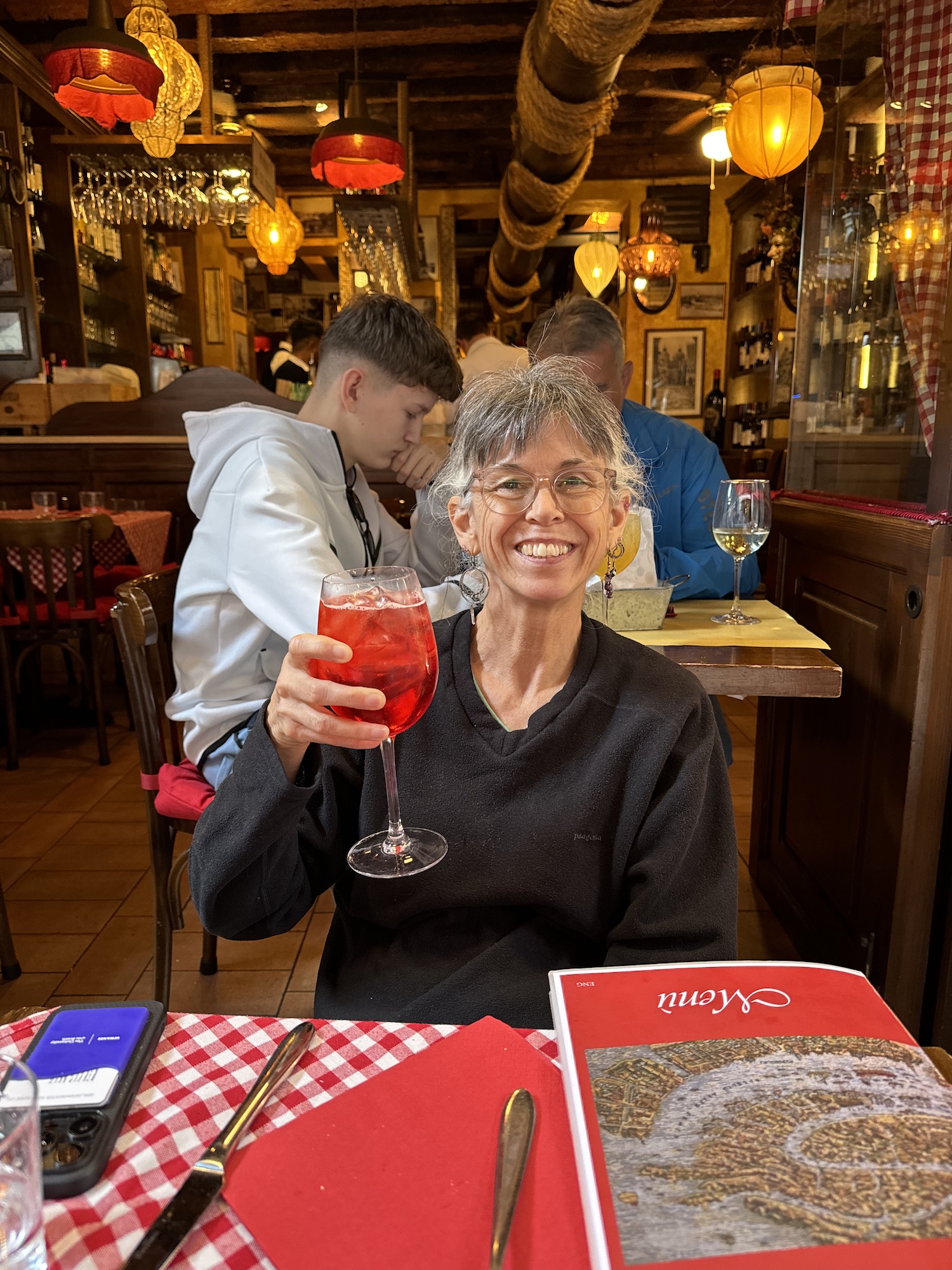
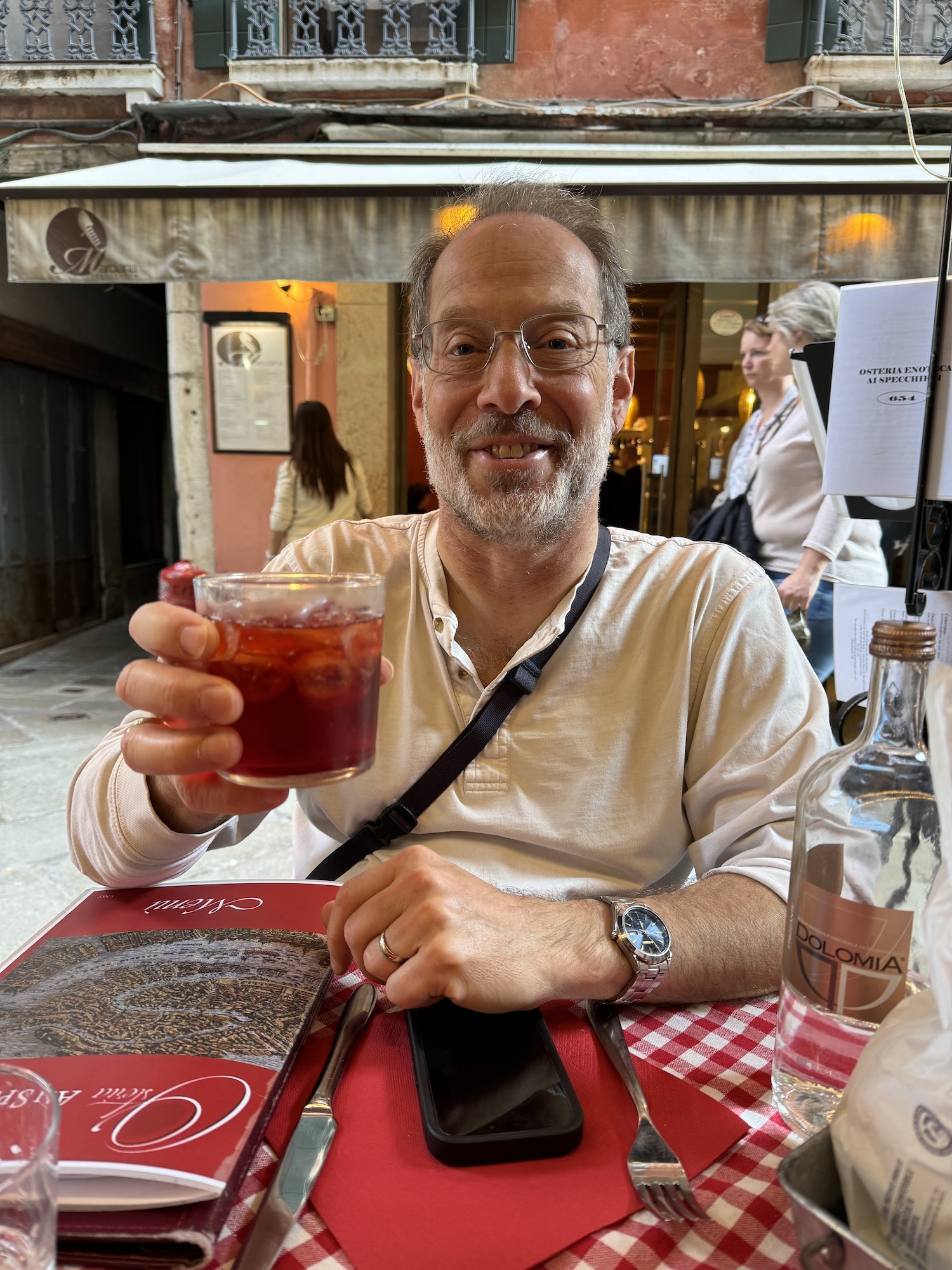
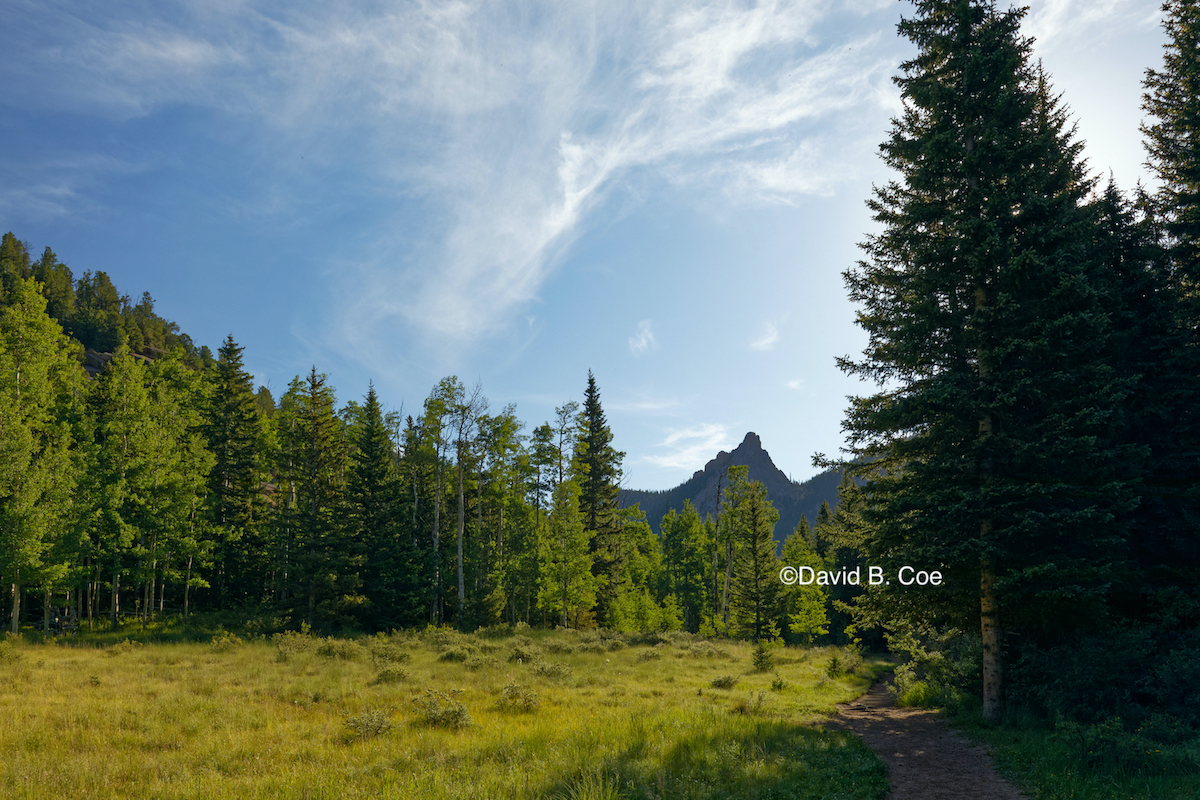 I spent this past weekend going through my photos, processing the images, and selecting a few to put in a rotation of favorites that show up on my computer desktop and in my screensaver slide show. And as I work through these images, I have been thinking about photography in general and where the technology that is now available to photography hobbyists has taken us.
I spent this past weekend going through my photos, processing the images, and selecting a few to put in a rotation of favorites that show up on my computer desktop and in my screensaver slide show. And as I work through these images, I have been thinking about photography in general and where the technology that is now available to photography hobbyists has taken us.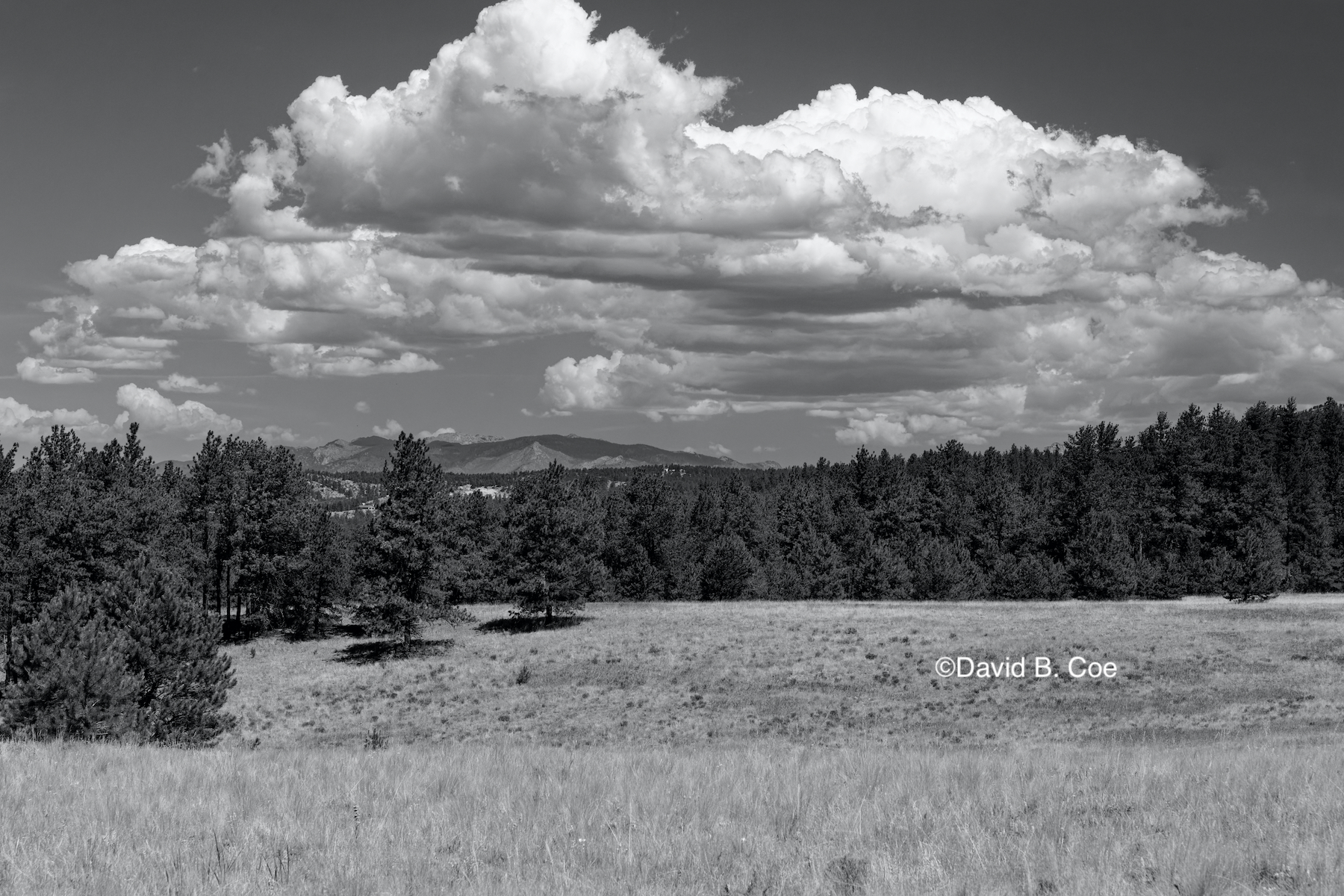 Some stores and processing centers were willing to consider special instructions — “please over- (or under-) expose slightly” or some such. But to be honest, I wasn’t good enough at that point to know with confidence that ALL my images would need the same special treatment, and so I just sent my film in and hoped for the best. More often than not, I was disappointed.
Some stores and processing centers were willing to consider special instructions — “please over- (or under-) expose slightly” or some such. But to be honest, I wasn’t good enough at that point to know with confidence that ALL my images would need the same special treatment, and so I just sent my film in and hoped for the best. More often than not, I was disappointed.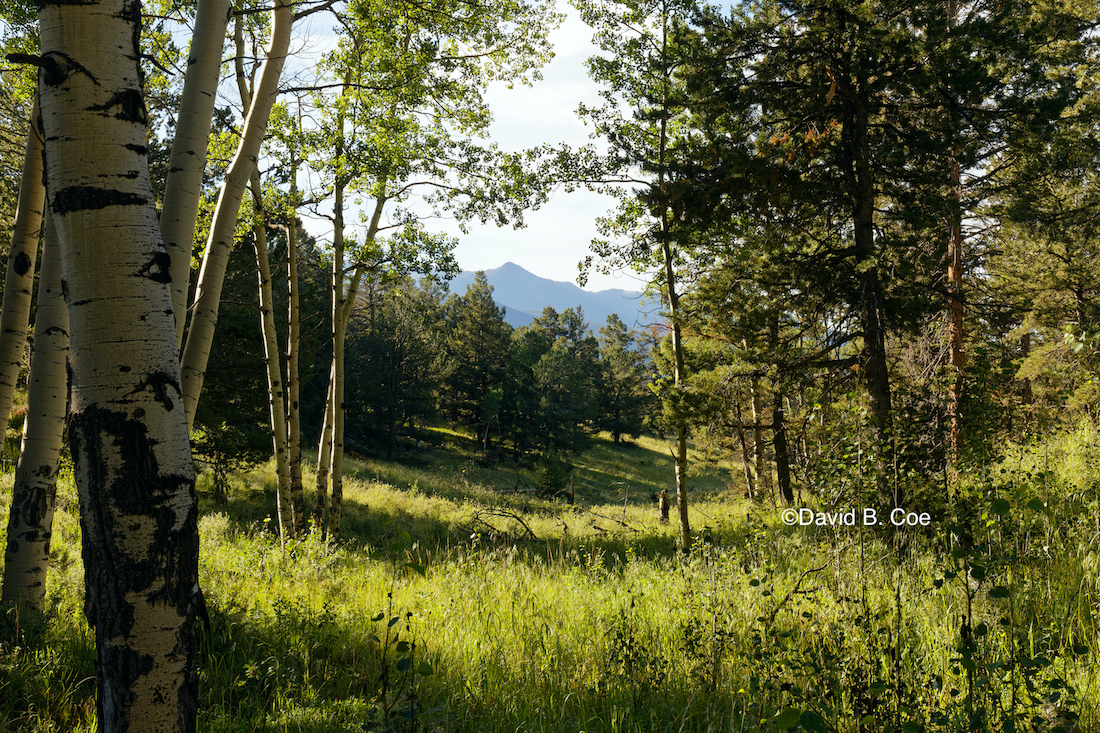 Knowing what I do about the history of photography, I now understand how strange that consumer film process actually was. The old masters of photography — Edward Weston, Alfred Stieglitz, and most notably Ansel Adams did not leave it to Kodak or Fujifilm or any other commercial entity to develop their images. They held fast to every step of the creative process, from image capture to production of the final print. Photography as an art form was not limited to a mechanical blink of creative inspiration. Rather, it relied upon a complex and time-consuming manipulation of that initial capture, to turn the photo into exactly what the artist envisioned. Adams in particular used an approach he called “dodge and burn,” relying on a masterful understanding of darkroom tools and chemicals to darken certain parts of an image and brighten others. He and his contemporaries would never have dreamed of placing themselves at the mercy of film development labs.
Knowing what I do about the history of photography, I now understand how strange that consumer film process actually was. The old masters of photography — Edward Weston, Alfred Stieglitz, and most notably Ansel Adams did not leave it to Kodak or Fujifilm or any other commercial entity to develop their images. They held fast to every step of the creative process, from image capture to production of the final print. Photography as an art form was not limited to a mechanical blink of creative inspiration. Rather, it relied upon a complex and time-consuming manipulation of that initial capture, to turn the photo into exactly what the artist envisioned. Adams in particular used an approach he called “dodge and burn,” relying on a masterful understanding of darkroom tools and chemicals to darken certain parts of an image and brighten others. He and his contemporaries would never have dreamed of placing themselves at the mercy of film development labs.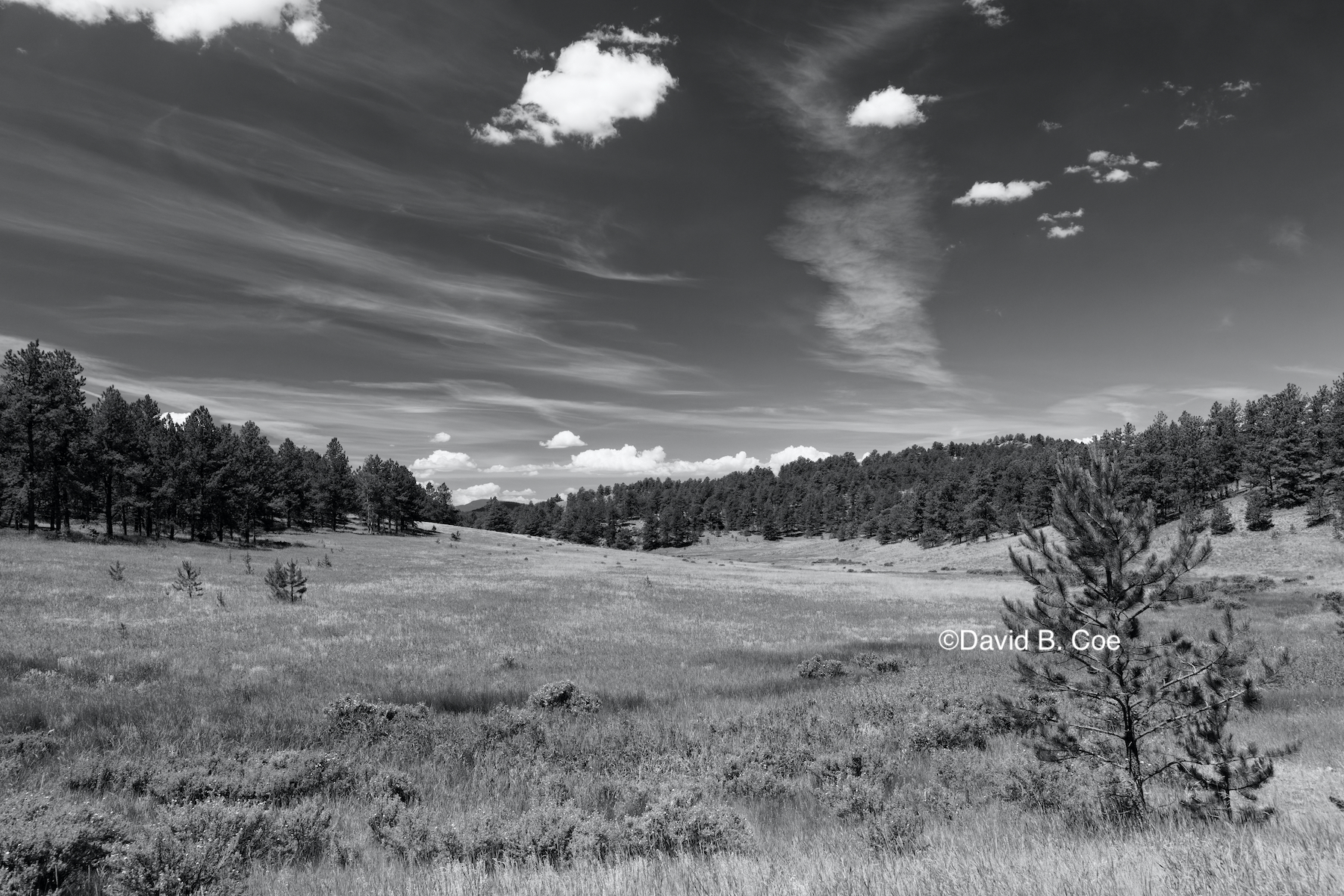 More, I no longer have to decide before going out in the field what sort of film to use. I can take an image that I know will work in color and follow it up immediately with one that I know I’ll prefer in black and white. Converting an image from color to grayscale is as simple as clicking a box. I love that freedom.
More, I no longer have to decide before going out in the field what sort of film to use. I can take an image that I know will work in color and follow it up immediately with one that I know I’ll prefer in black and white. Converting an image from color to grayscale is as simple as clicking a box. I love that freedom.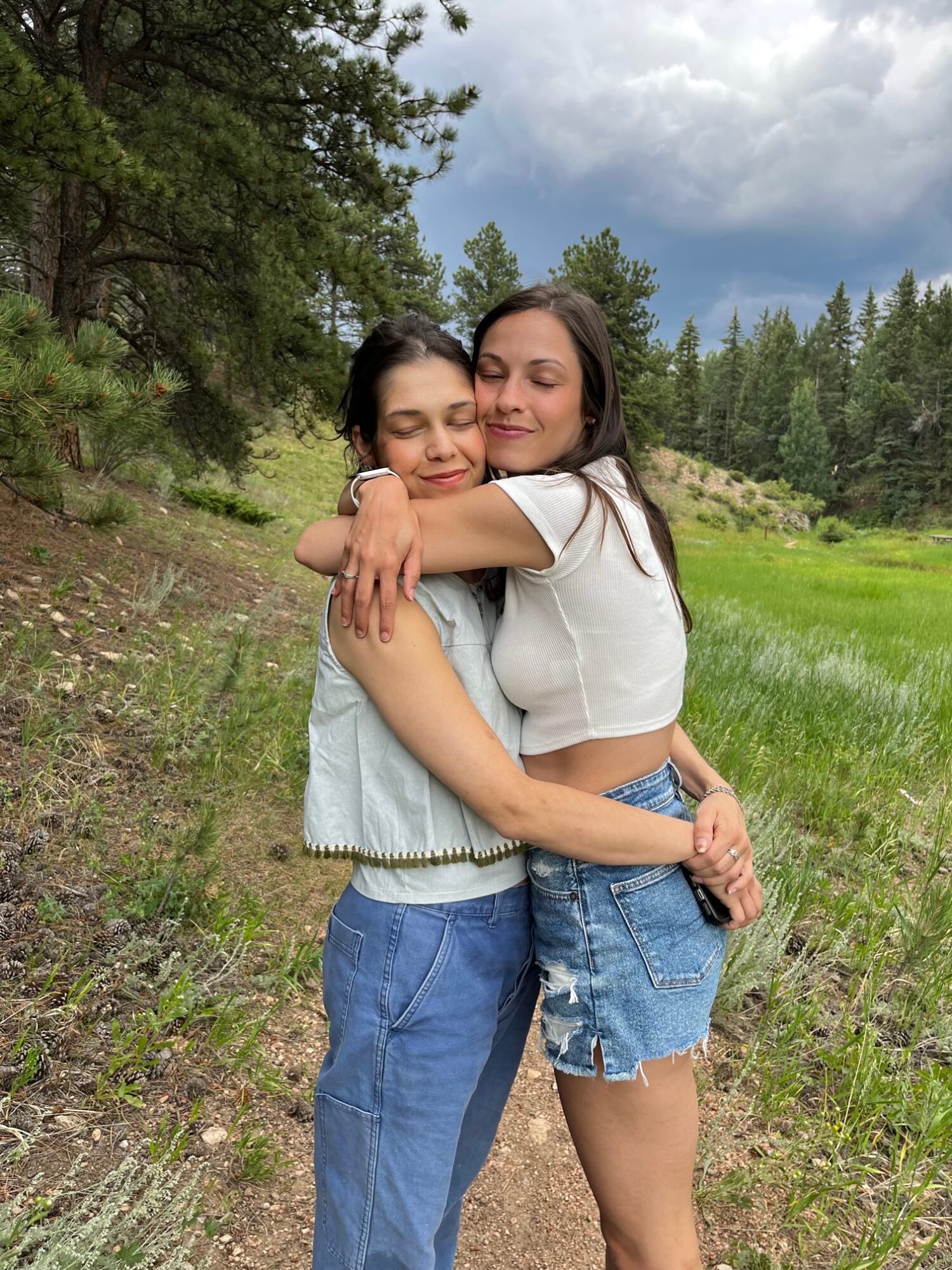
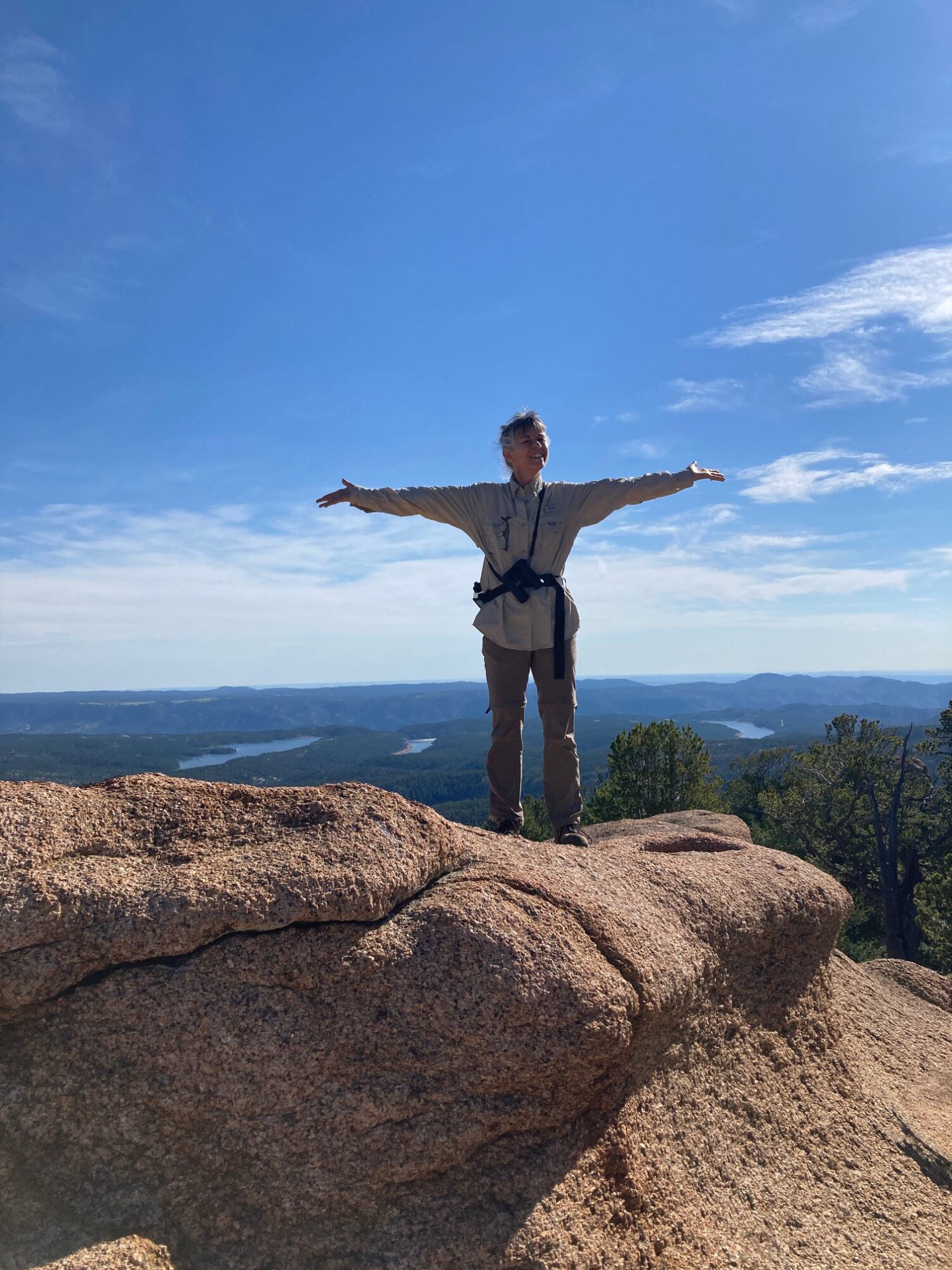
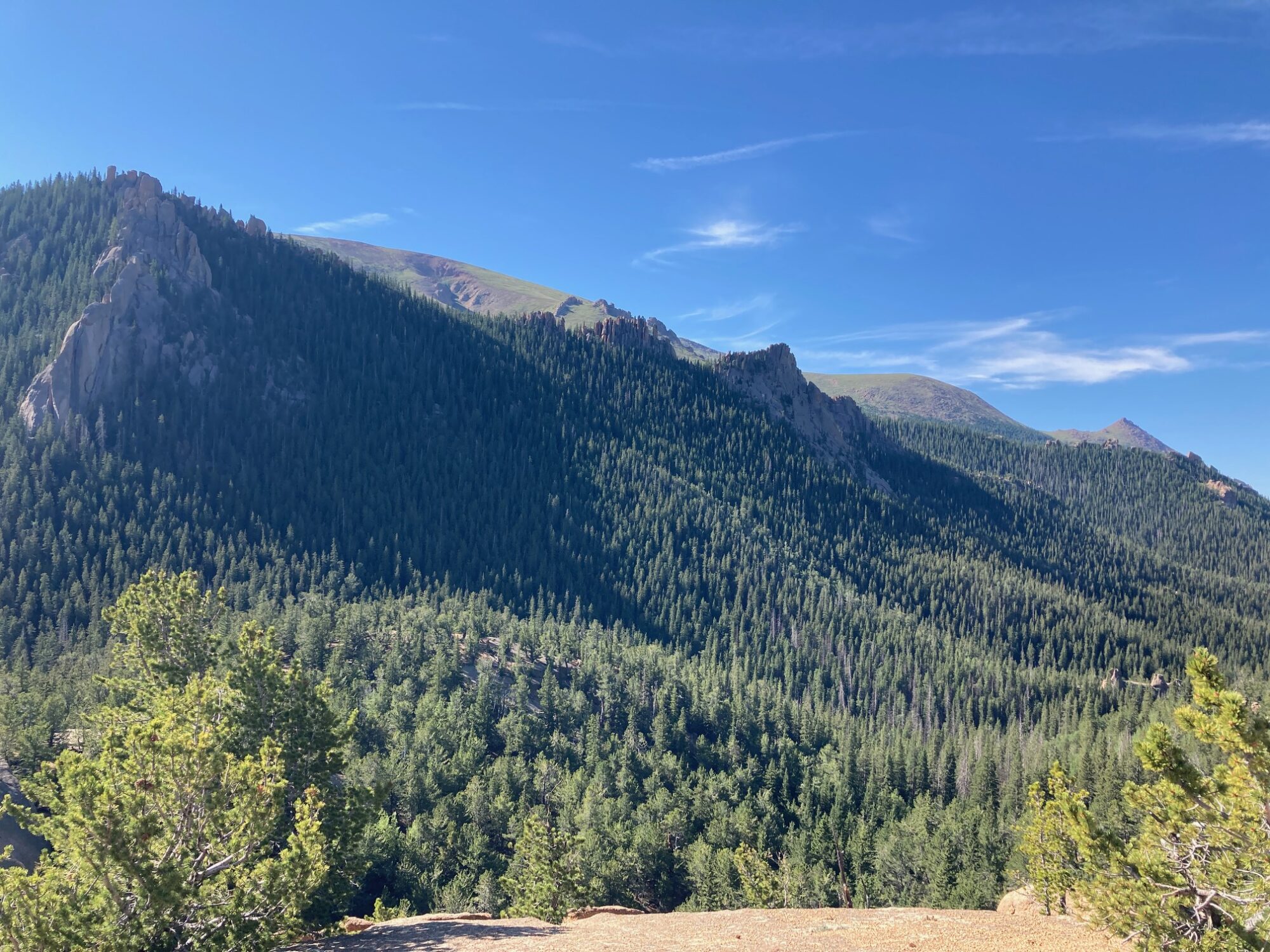
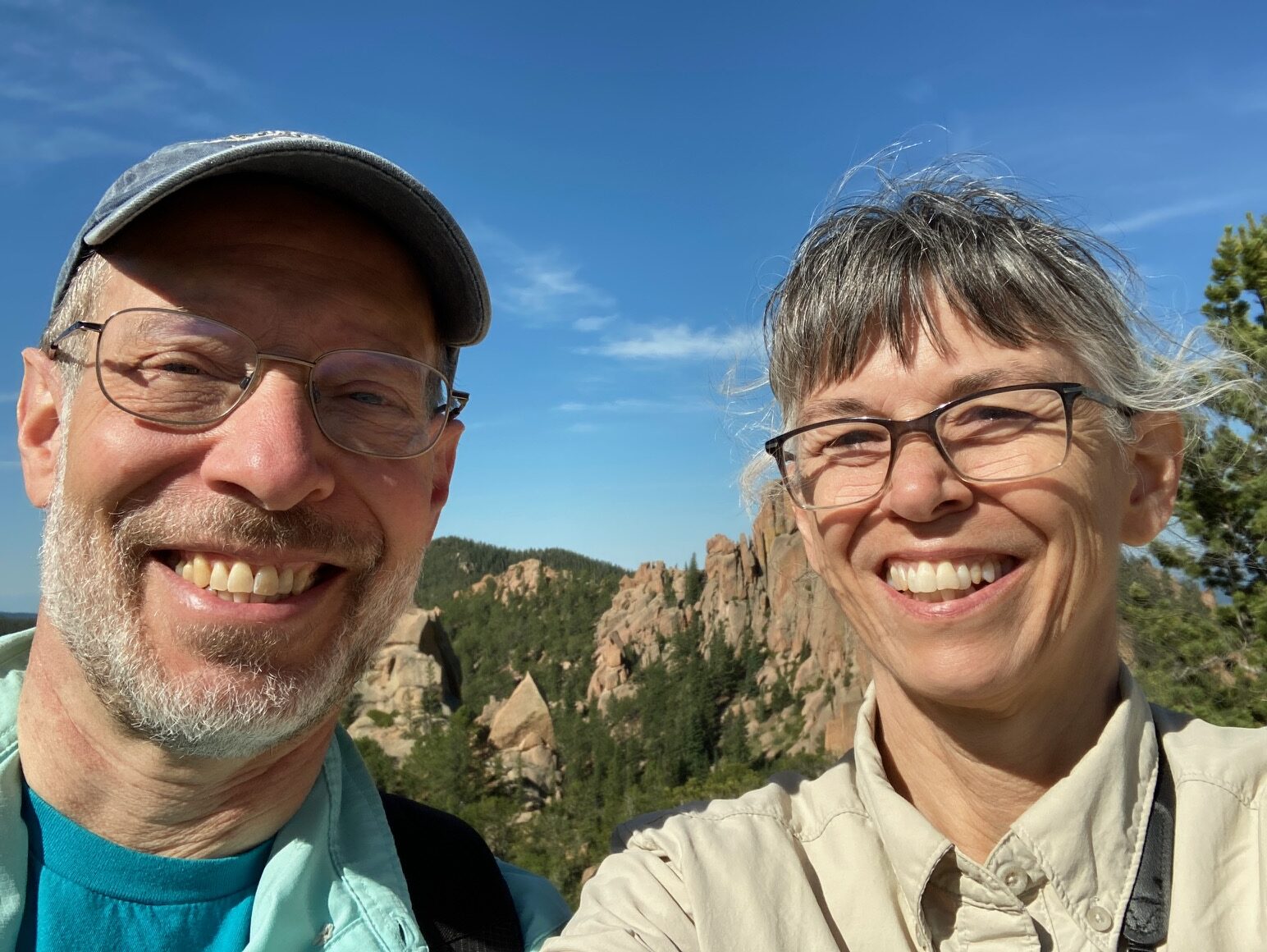
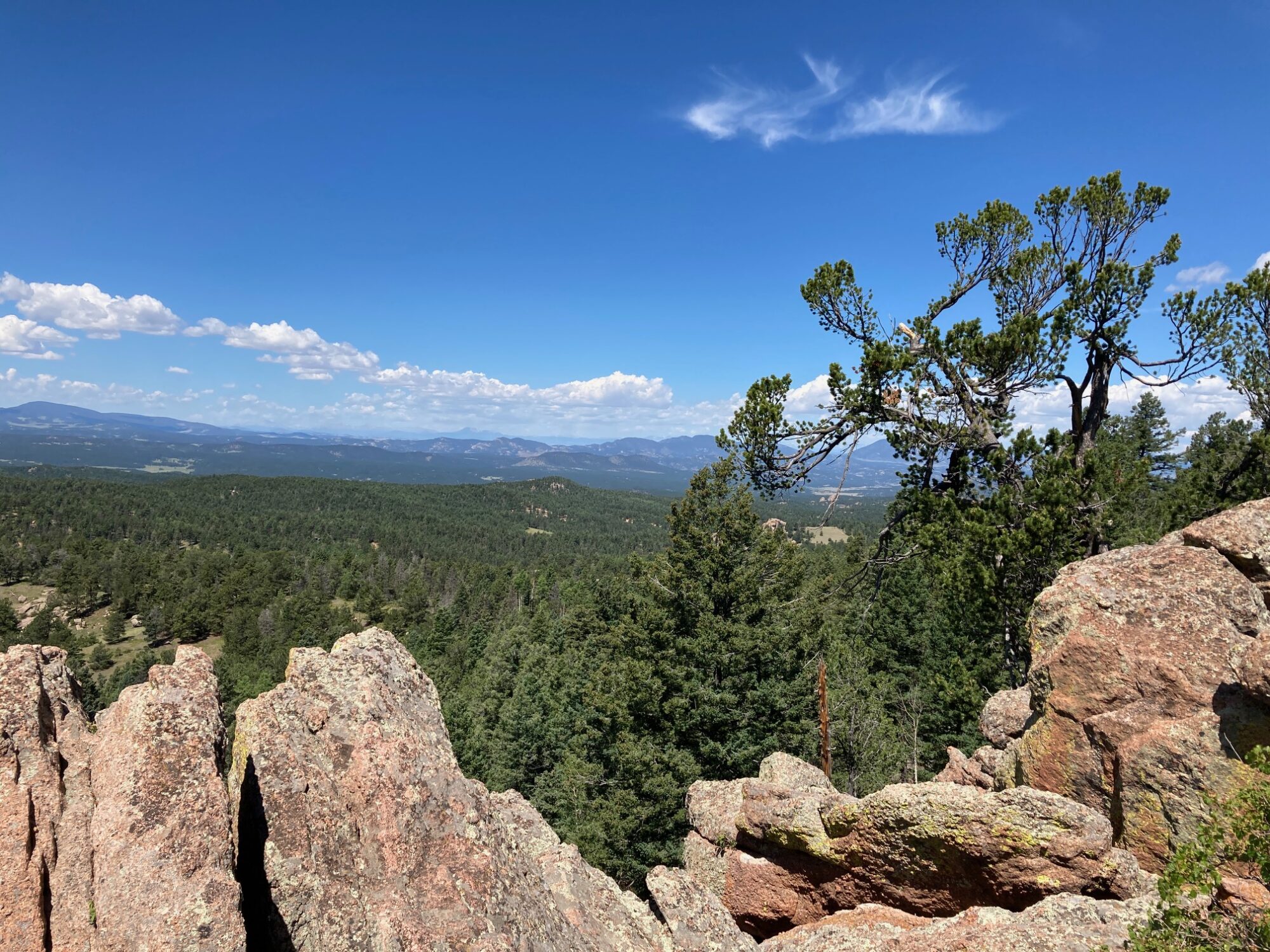
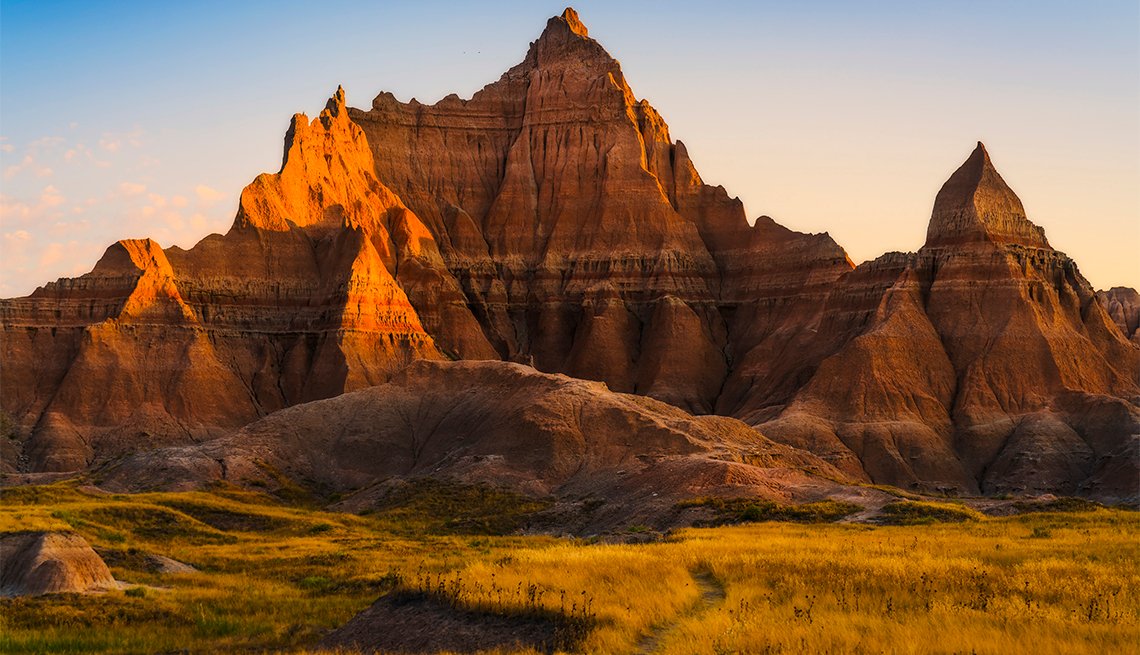
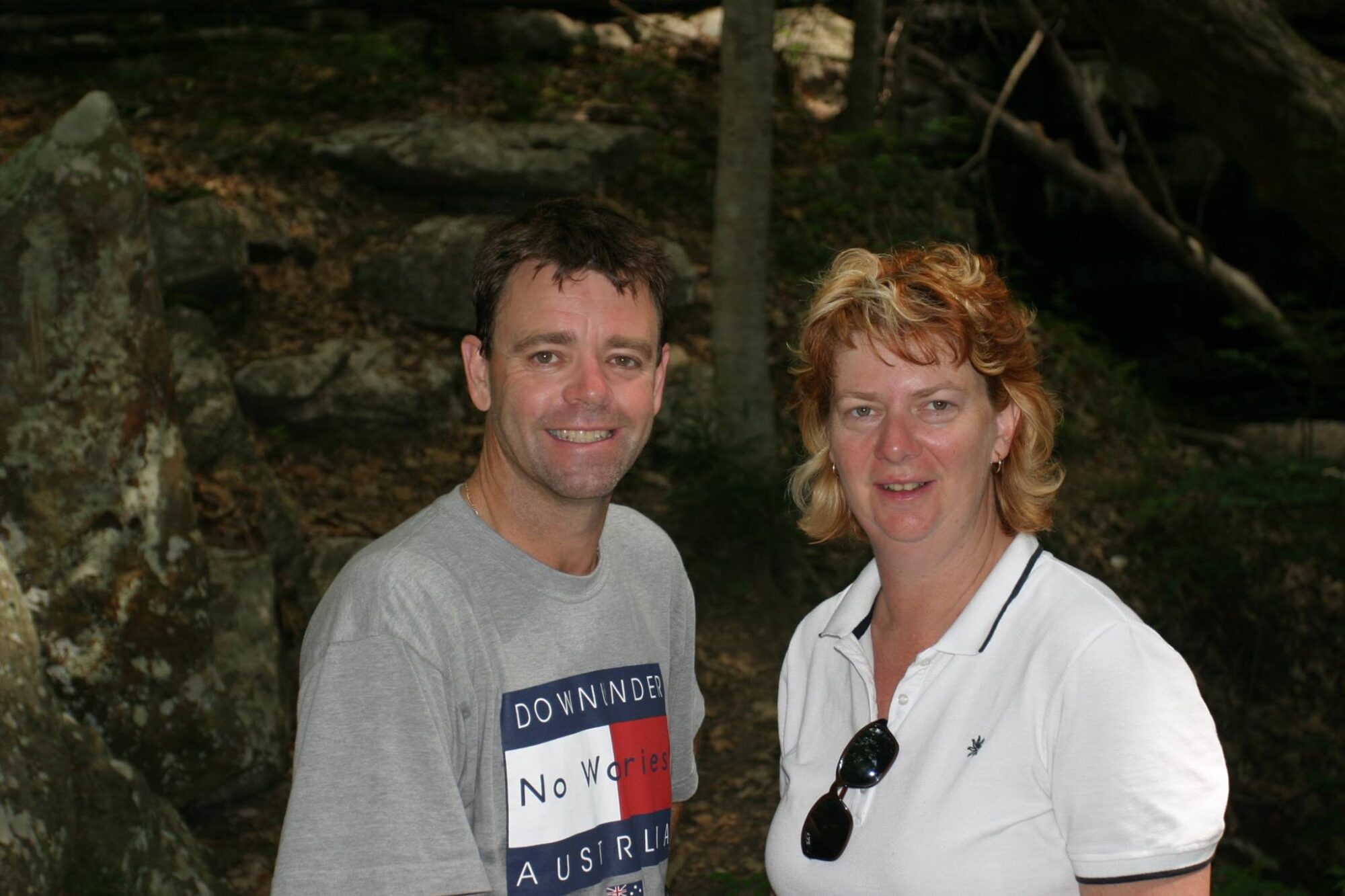 Graham was incredibly generous, kind, whip-smart, fierce in his devotion to Di and Laura, and one of the funniest people I’ve ever known. He and Di were both school teachers, both utterly devoted to education, to serving their schools and communities. They were active in their unions. They were political. They loved nature, loved good food and good drink. They were, in short, a lot like us. We knew that we wanted to maintain our friendship after our return to the States. And we did. The following summer Graham, Di, and Laura came to the States for their winter holiday (Southern Hemisphere and all that) and stayed with us for several days. Another great visit. We had tons of fun, but Graham and I also spent a good deal of time talking. He had just lost his father, something I went through a decade earlier. I can honestly say that even though we were now living literally half a world apart, our friendship had only deepened.
Graham was incredibly generous, kind, whip-smart, fierce in his devotion to Di and Laura, and one of the funniest people I’ve ever known. He and Di were both school teachers, both utterly devoted to education, to serving their schools and communities. They were active in their unions. They were political. They loved nature, loved good food and good drink. They were, in short, a lot like us. We knew that we wanted to maintain our friendship after our return to the States. And we did. The following summer Graham, Di, and Laura came to the States for their winter holiday (Southern Hemisphere and all that) and stayed with us for several days. Another great visit. We had tons of fun, but Graham and I also spent a good deal of time talking. He had just lost his father, something I went through a decade earlier. I can honestly say that even though we were now living literally half a world apart, our friendship had only deepened.